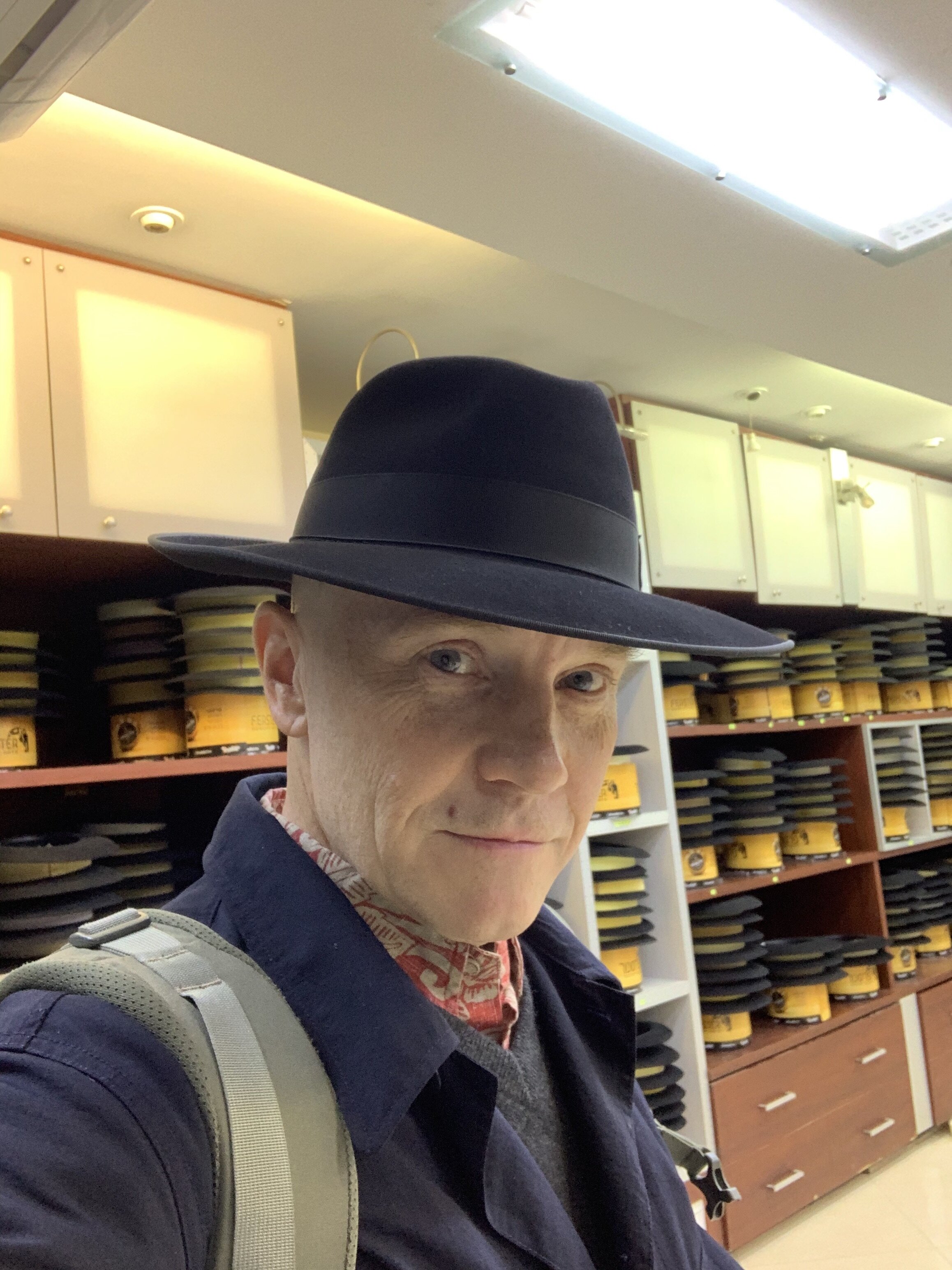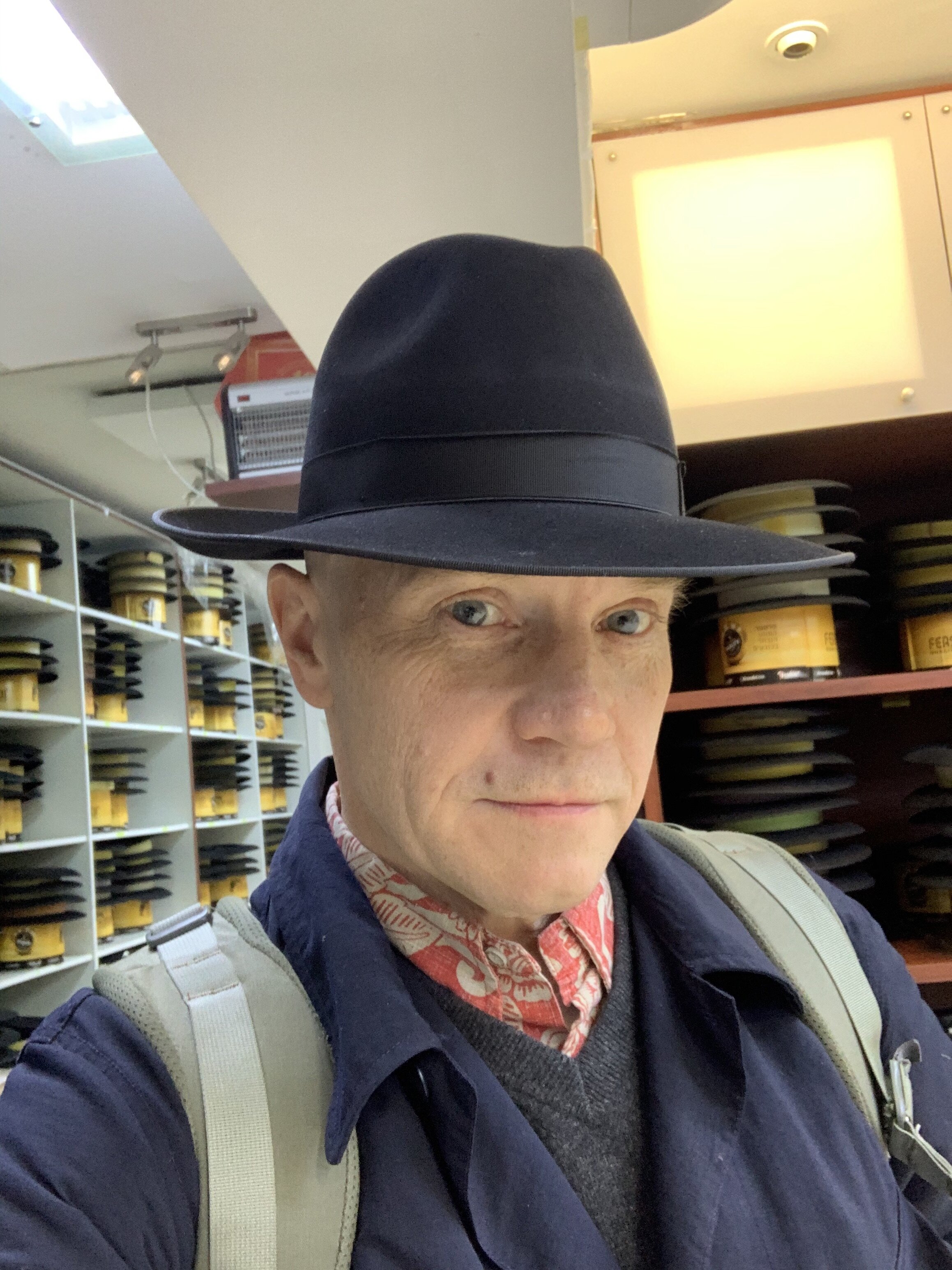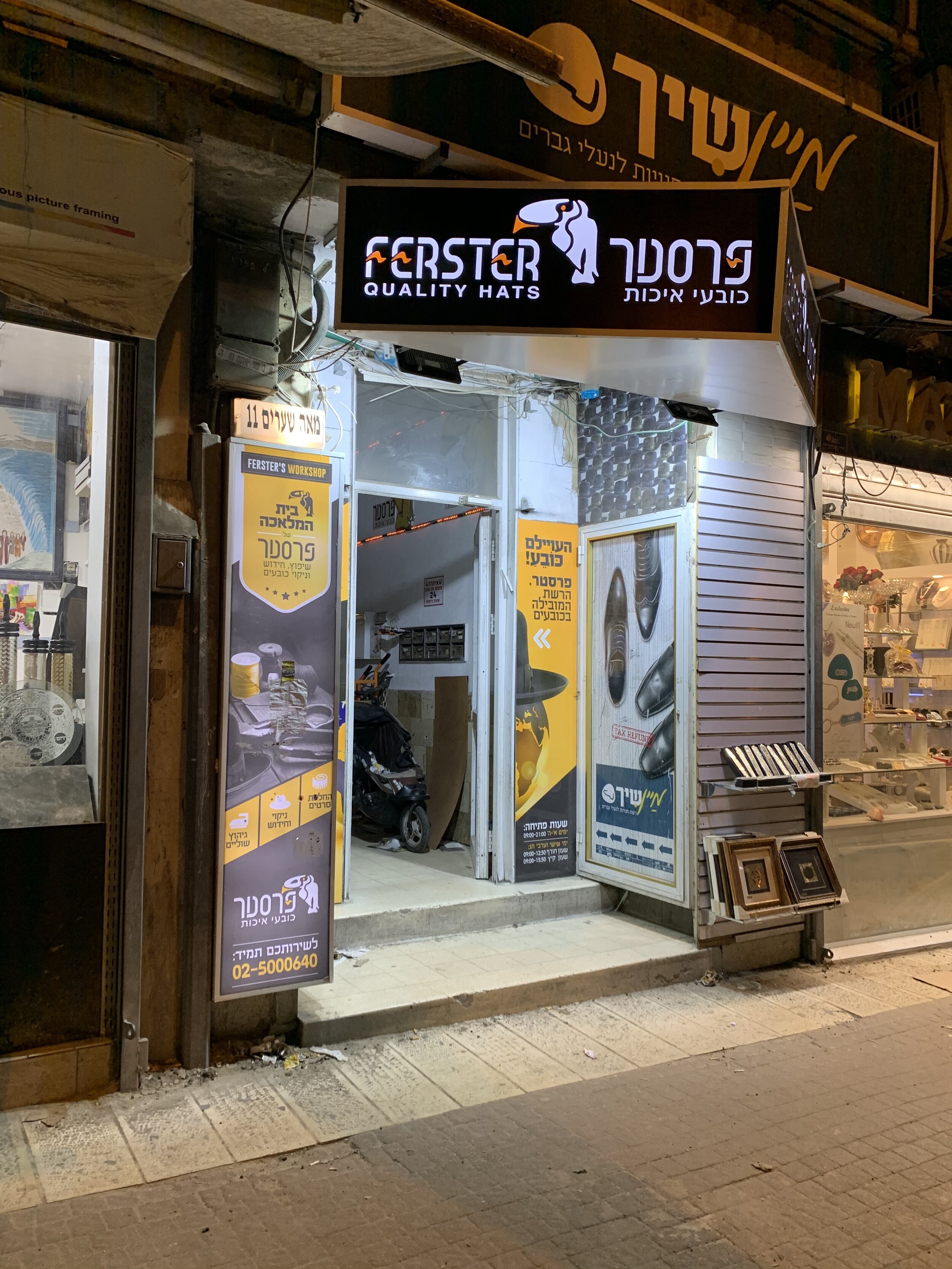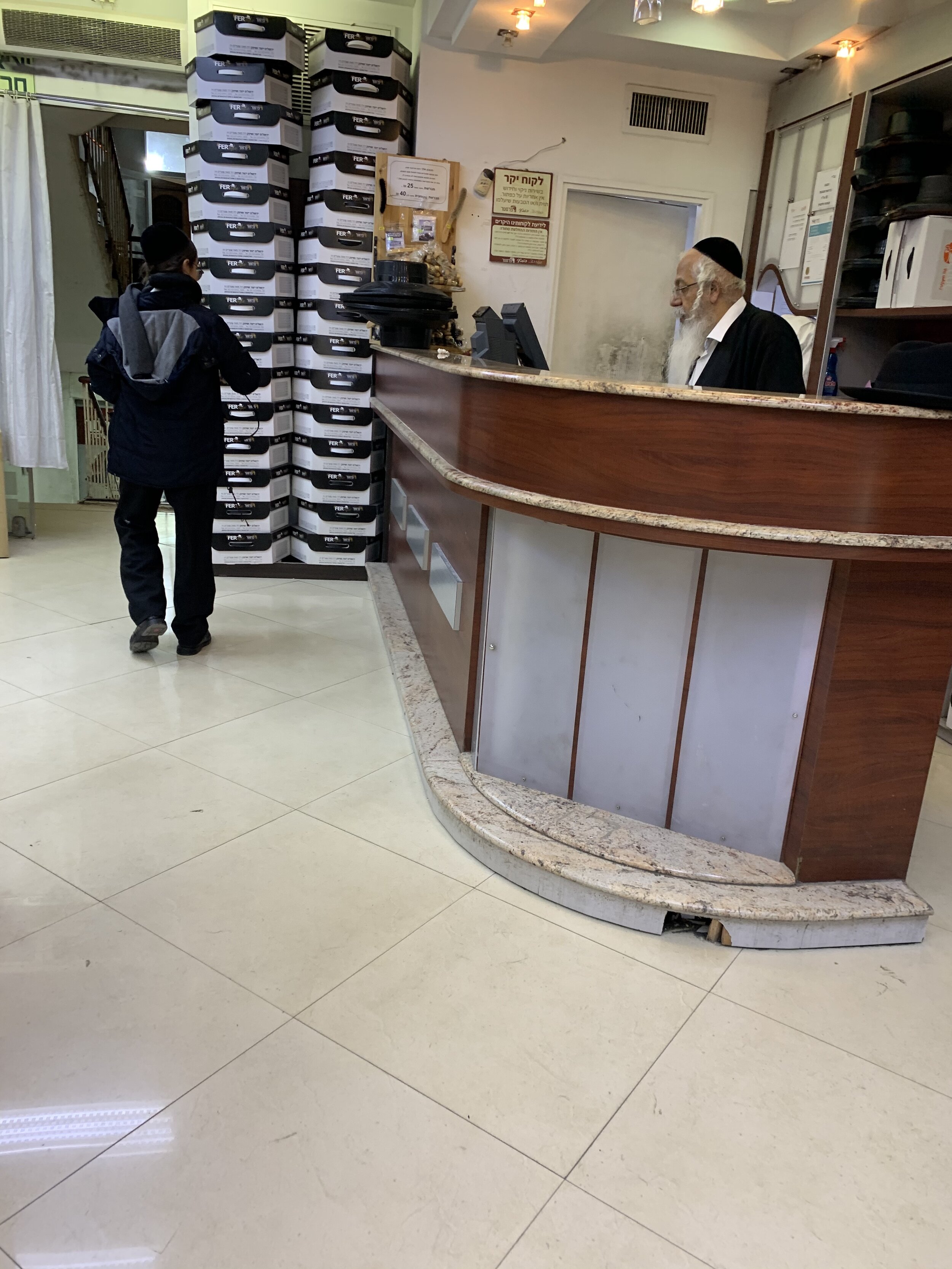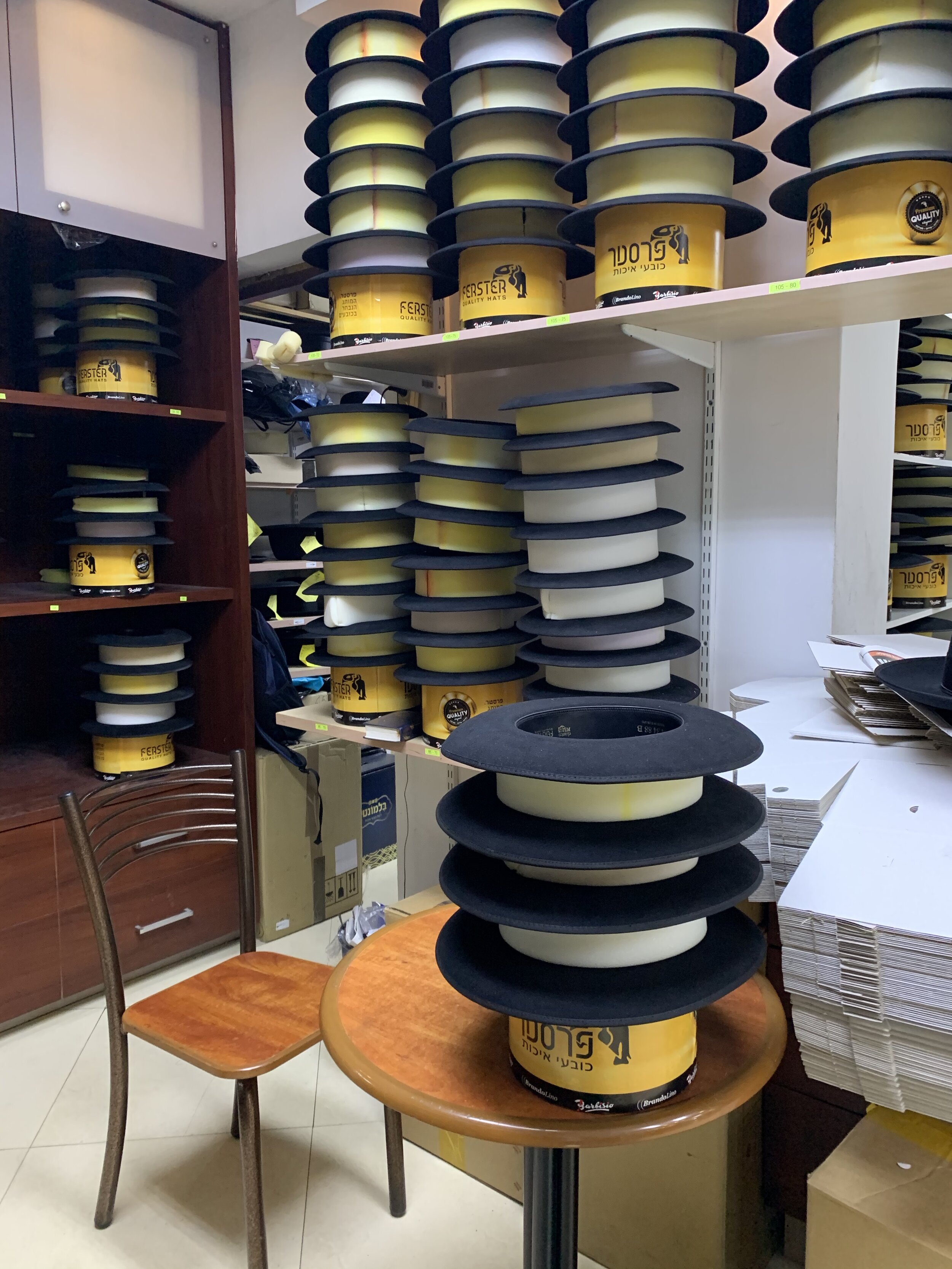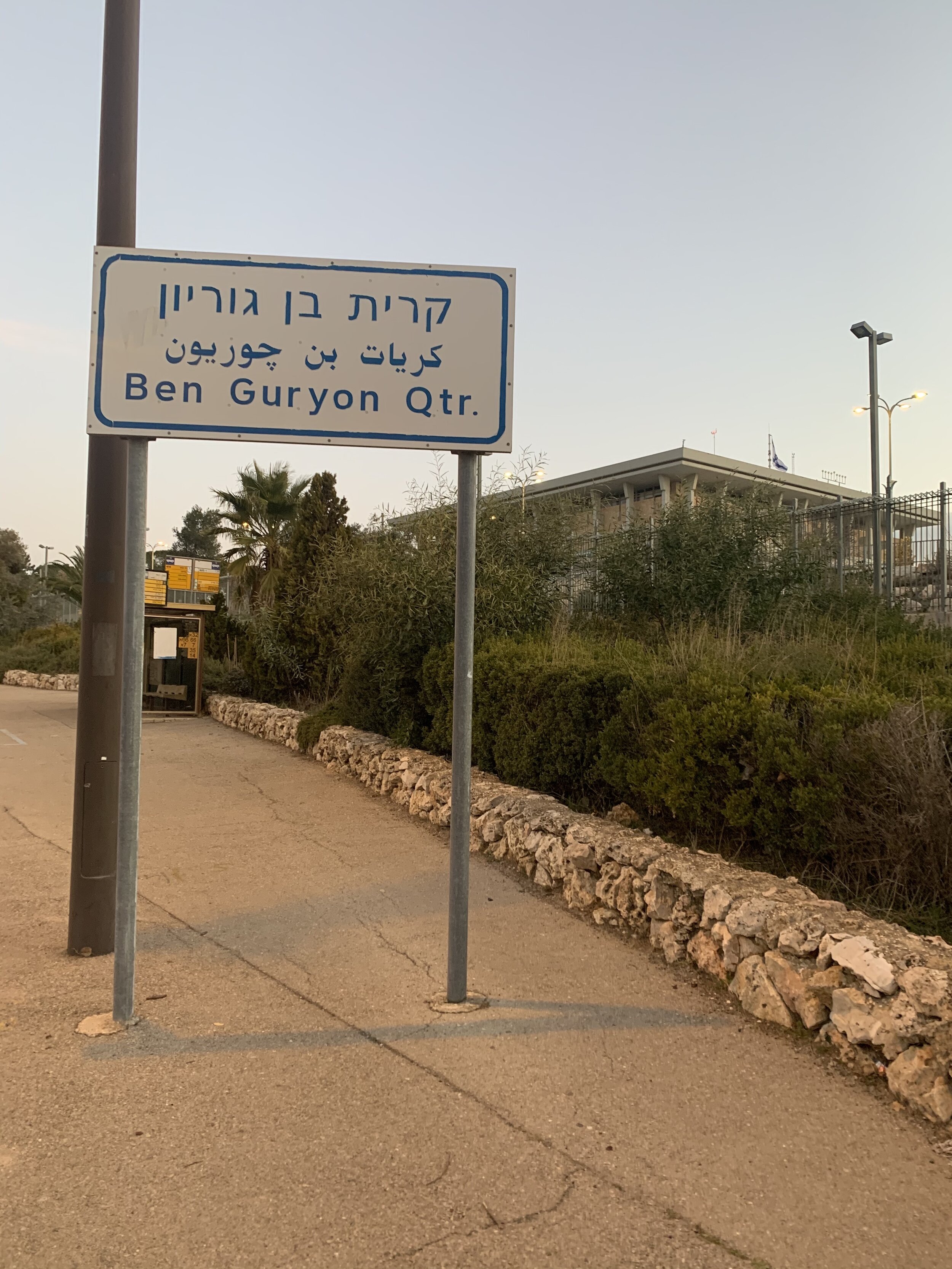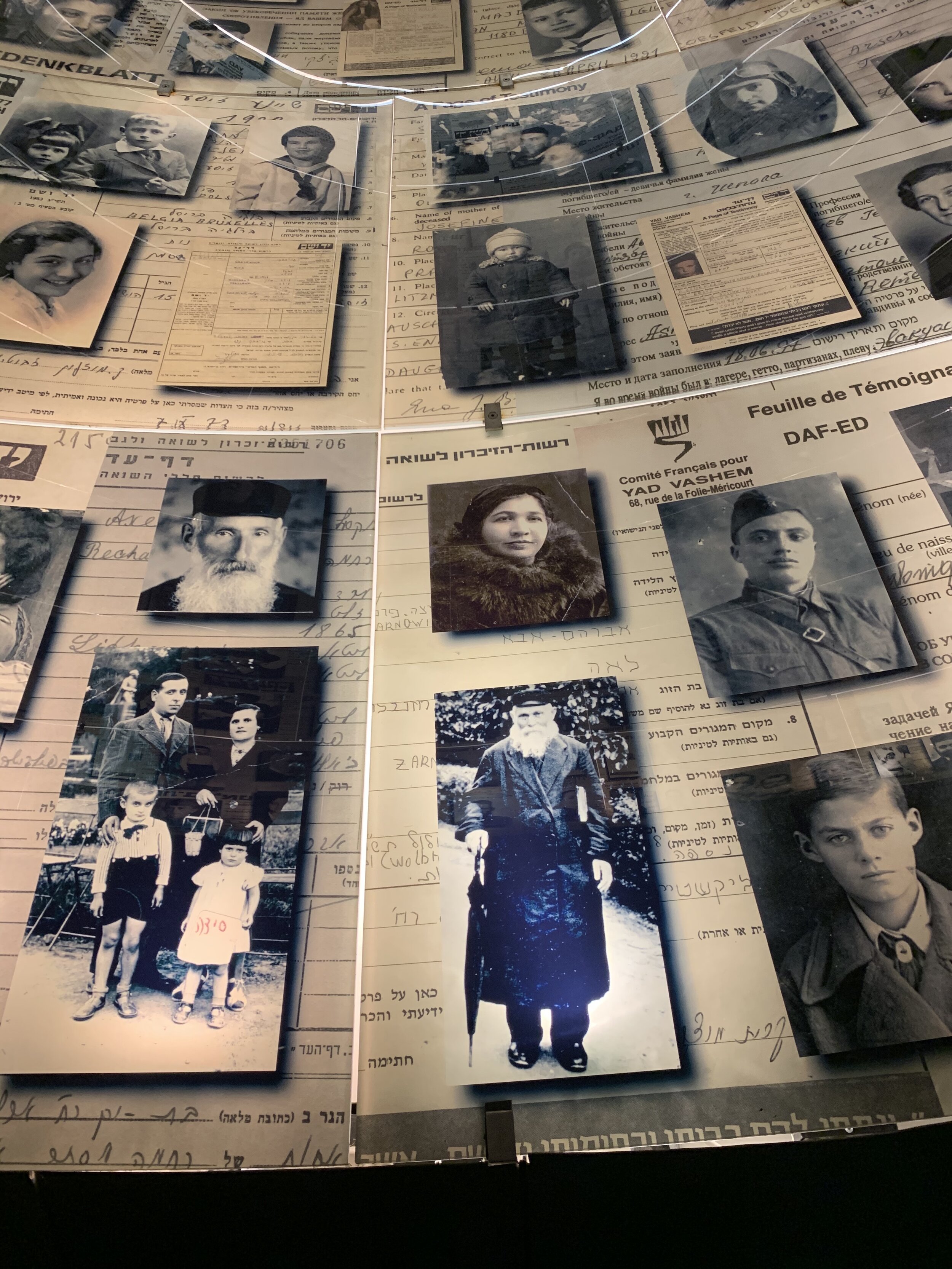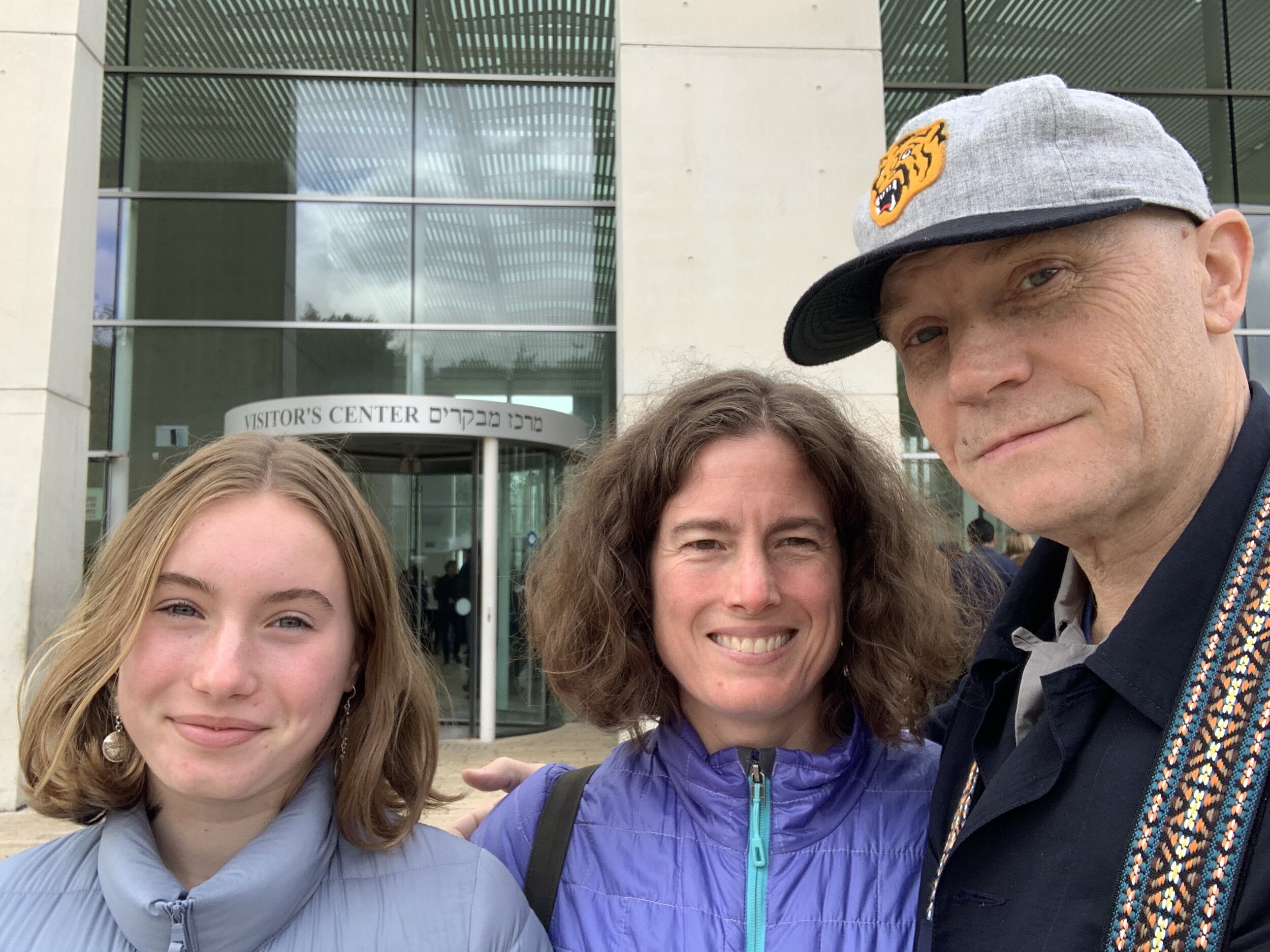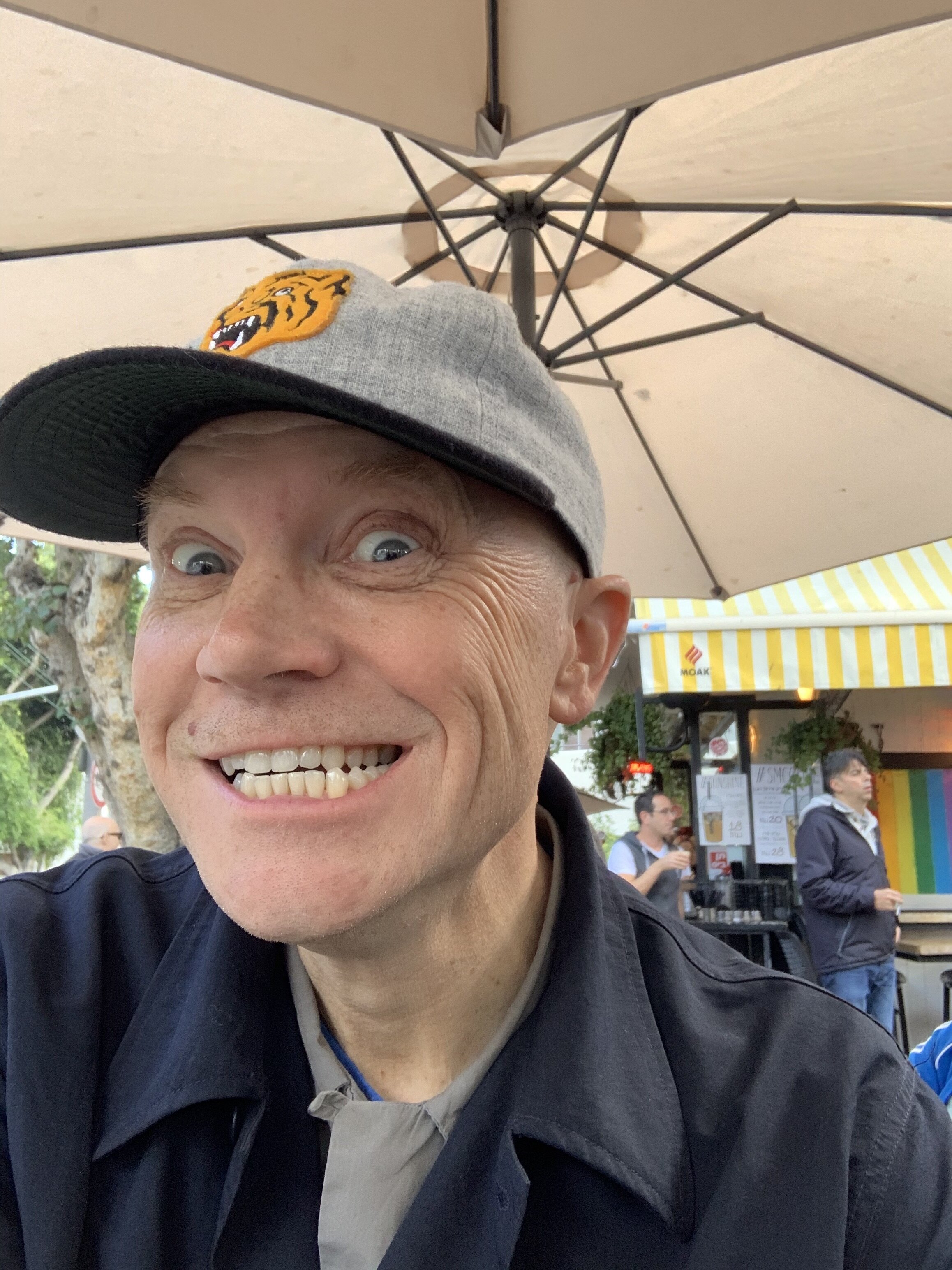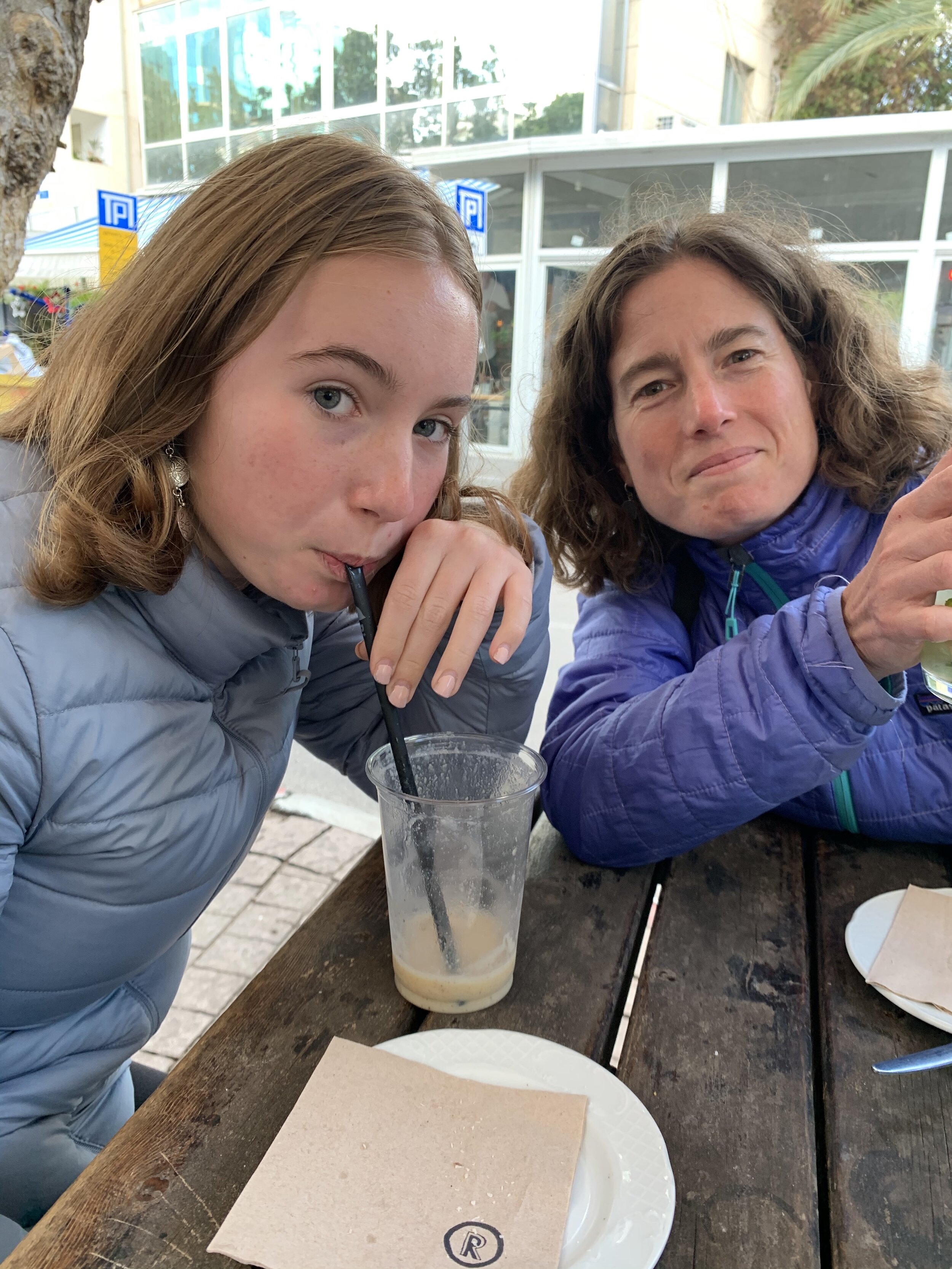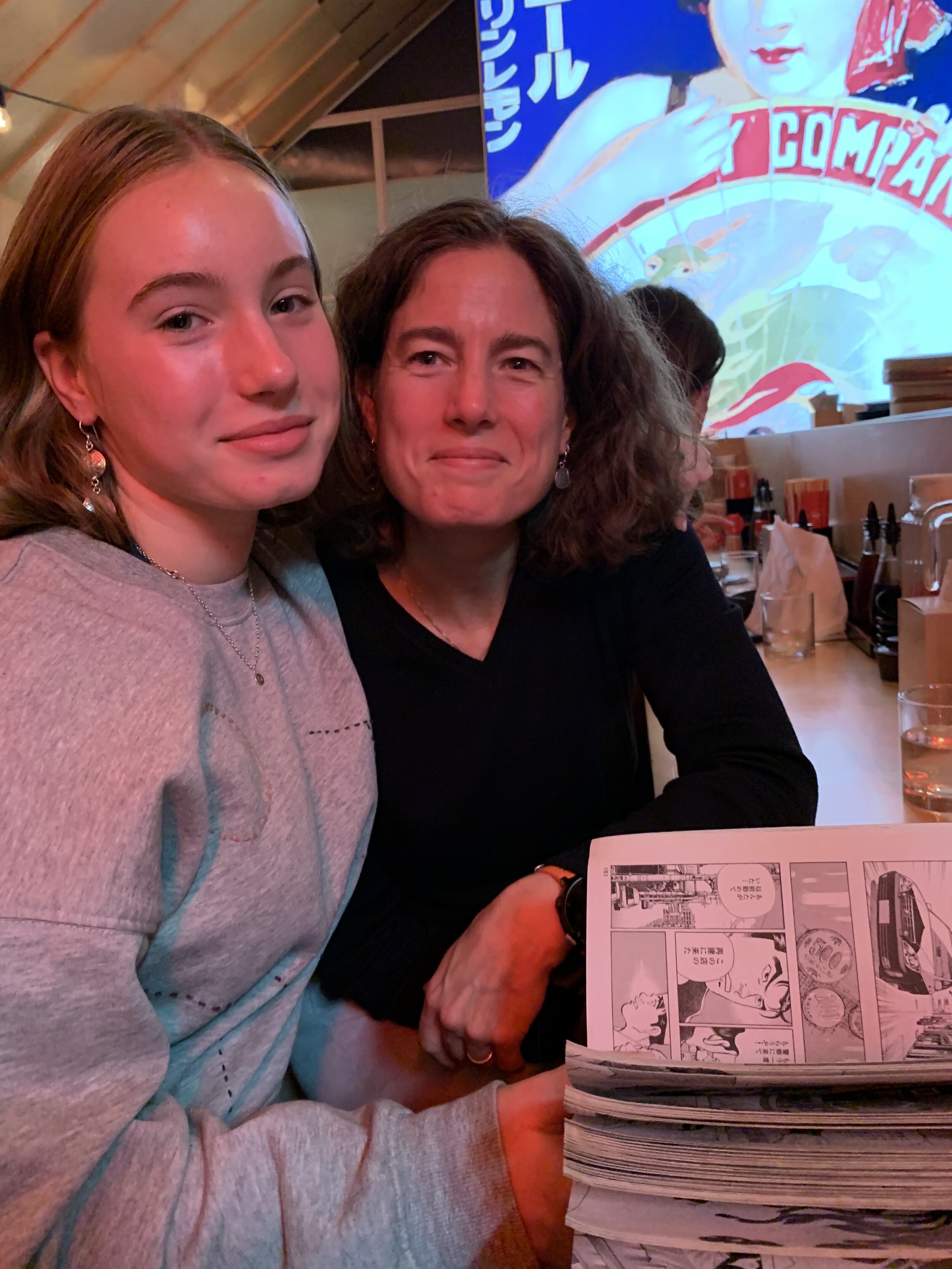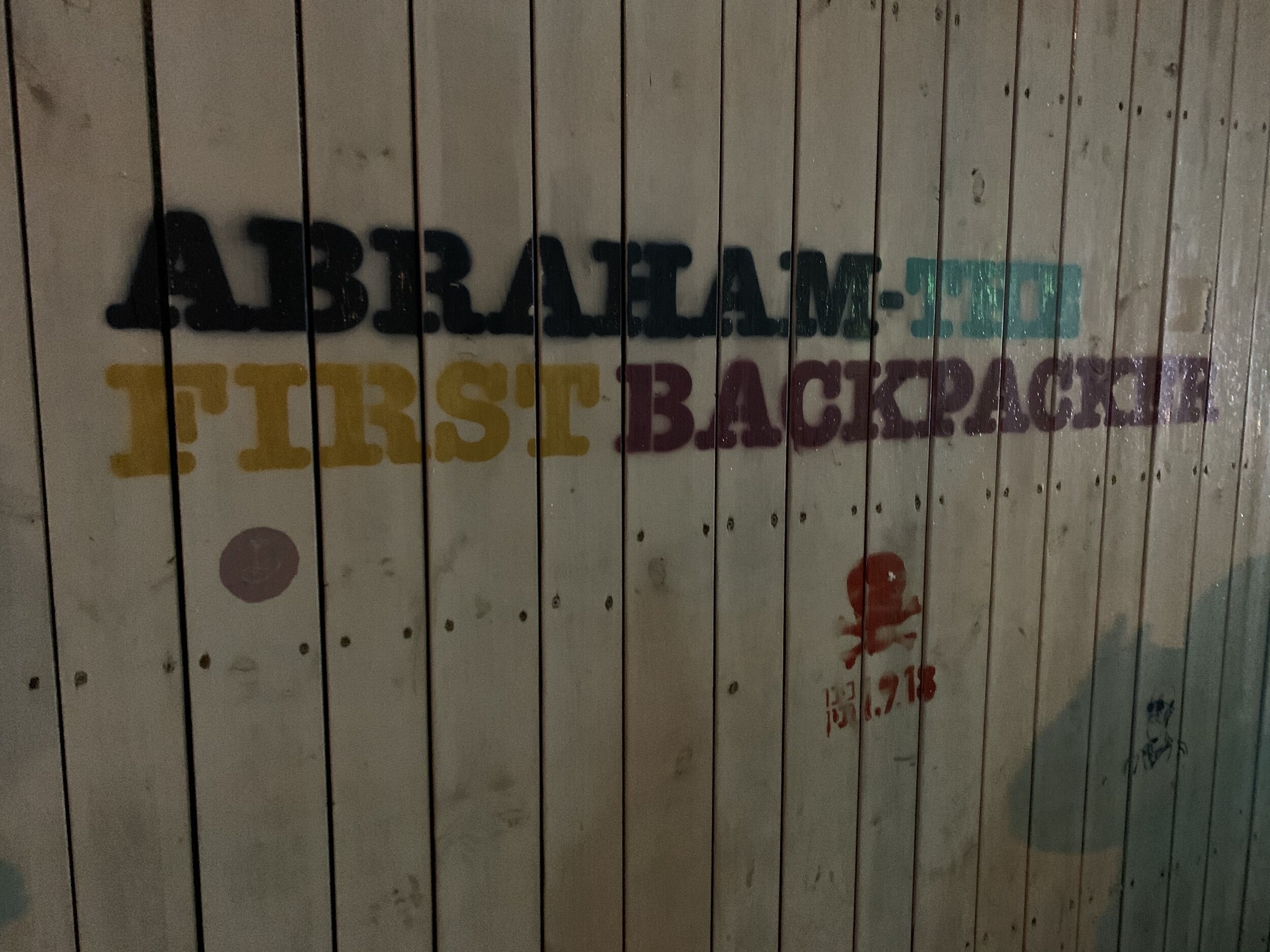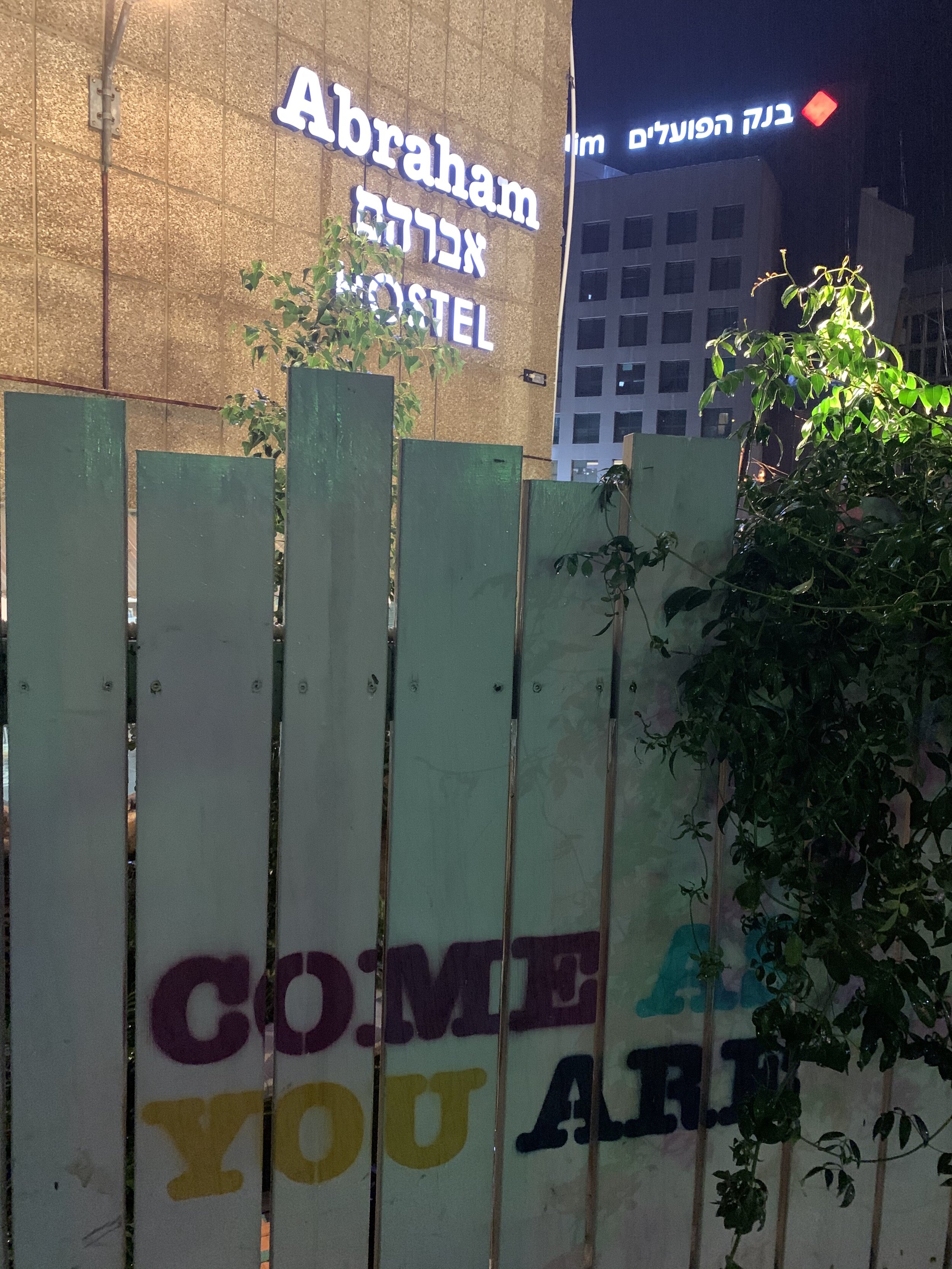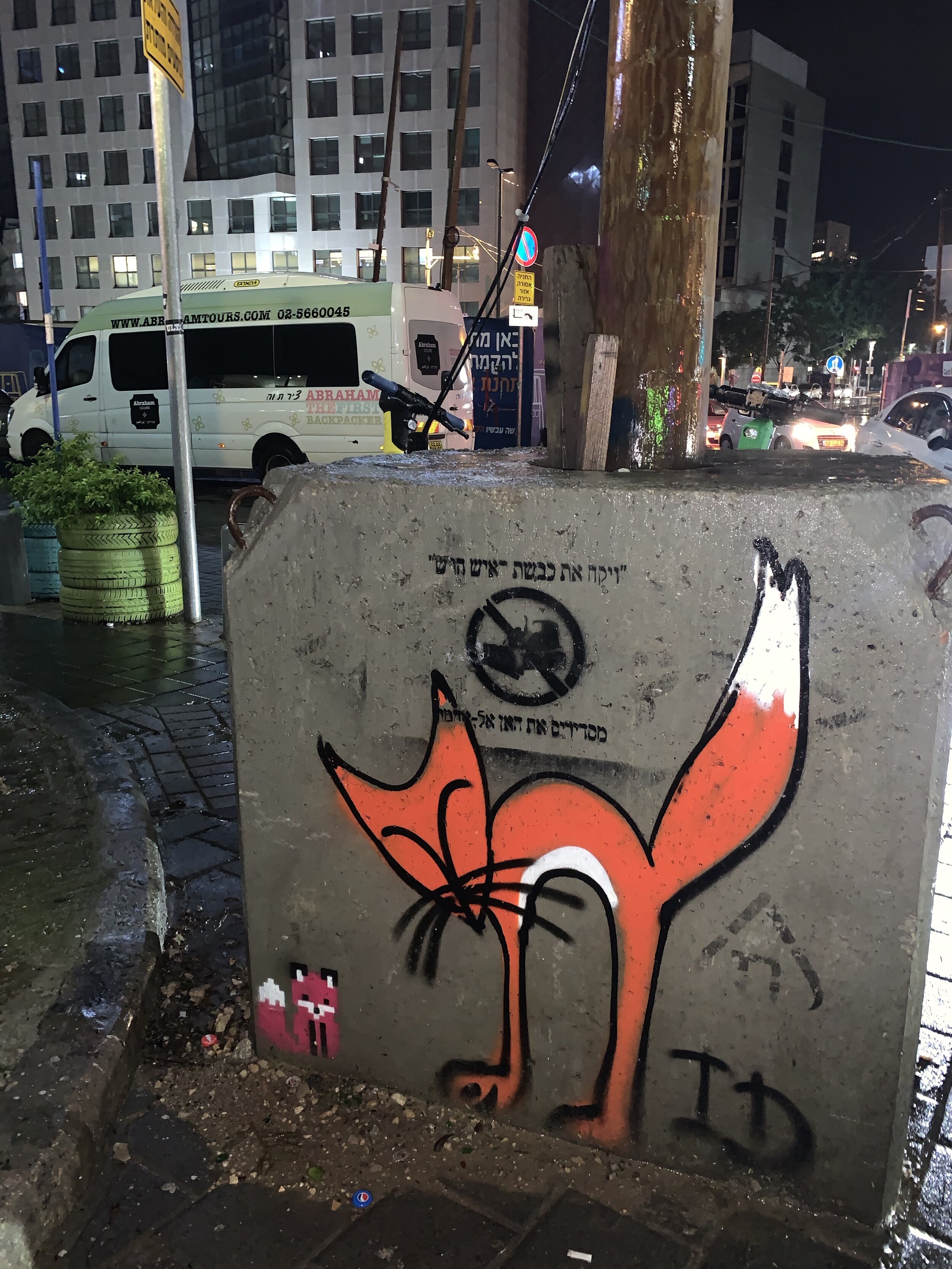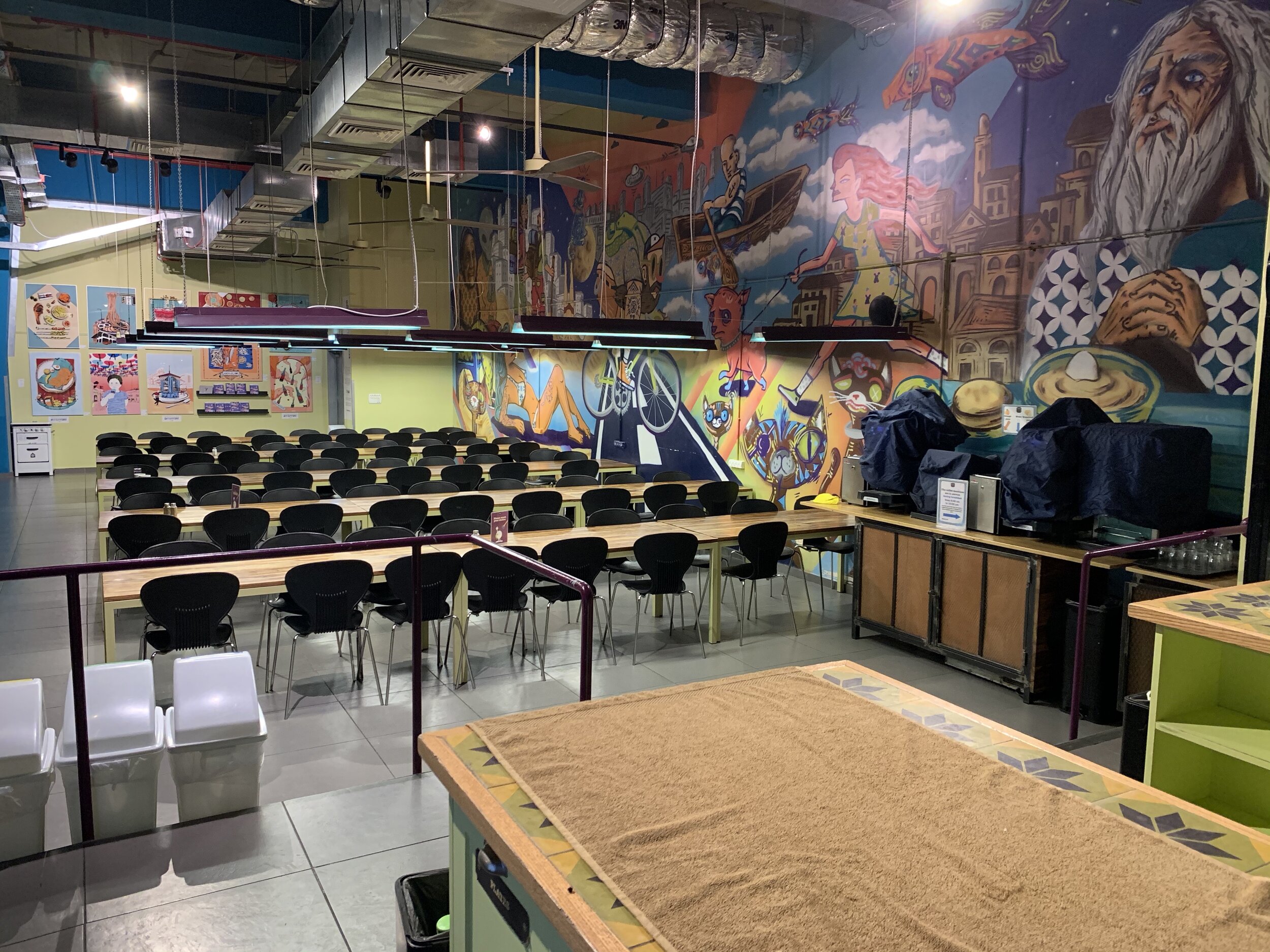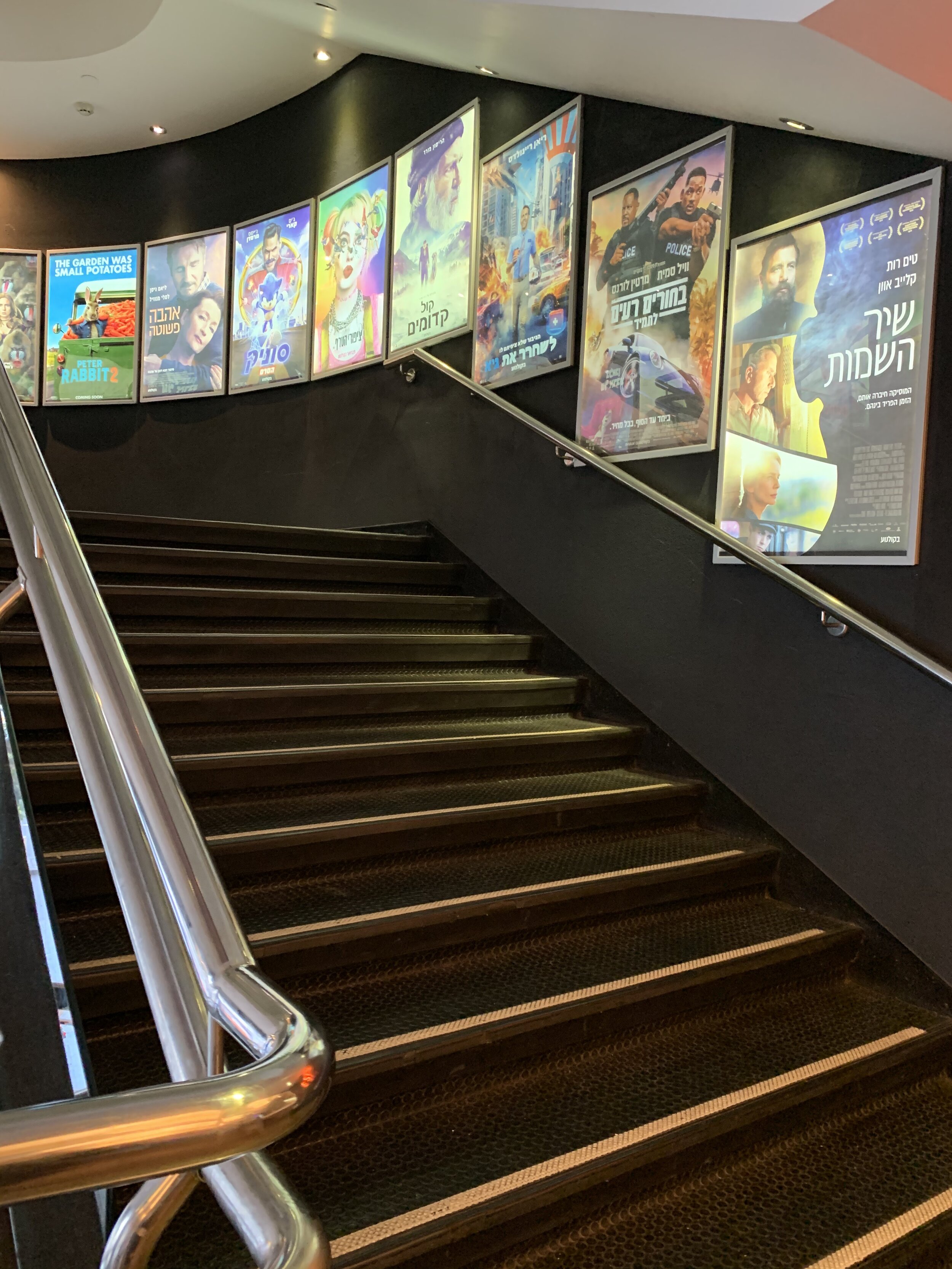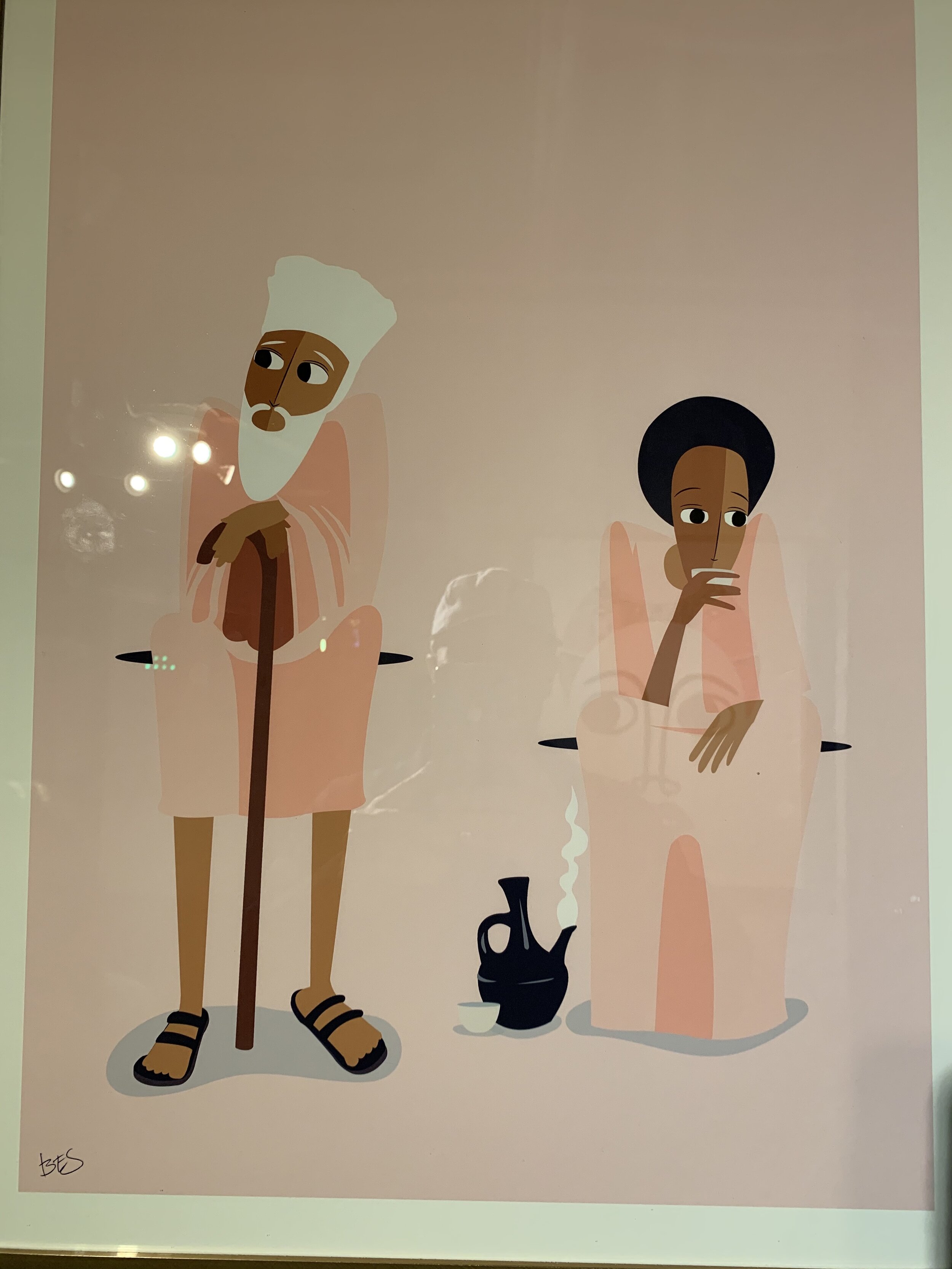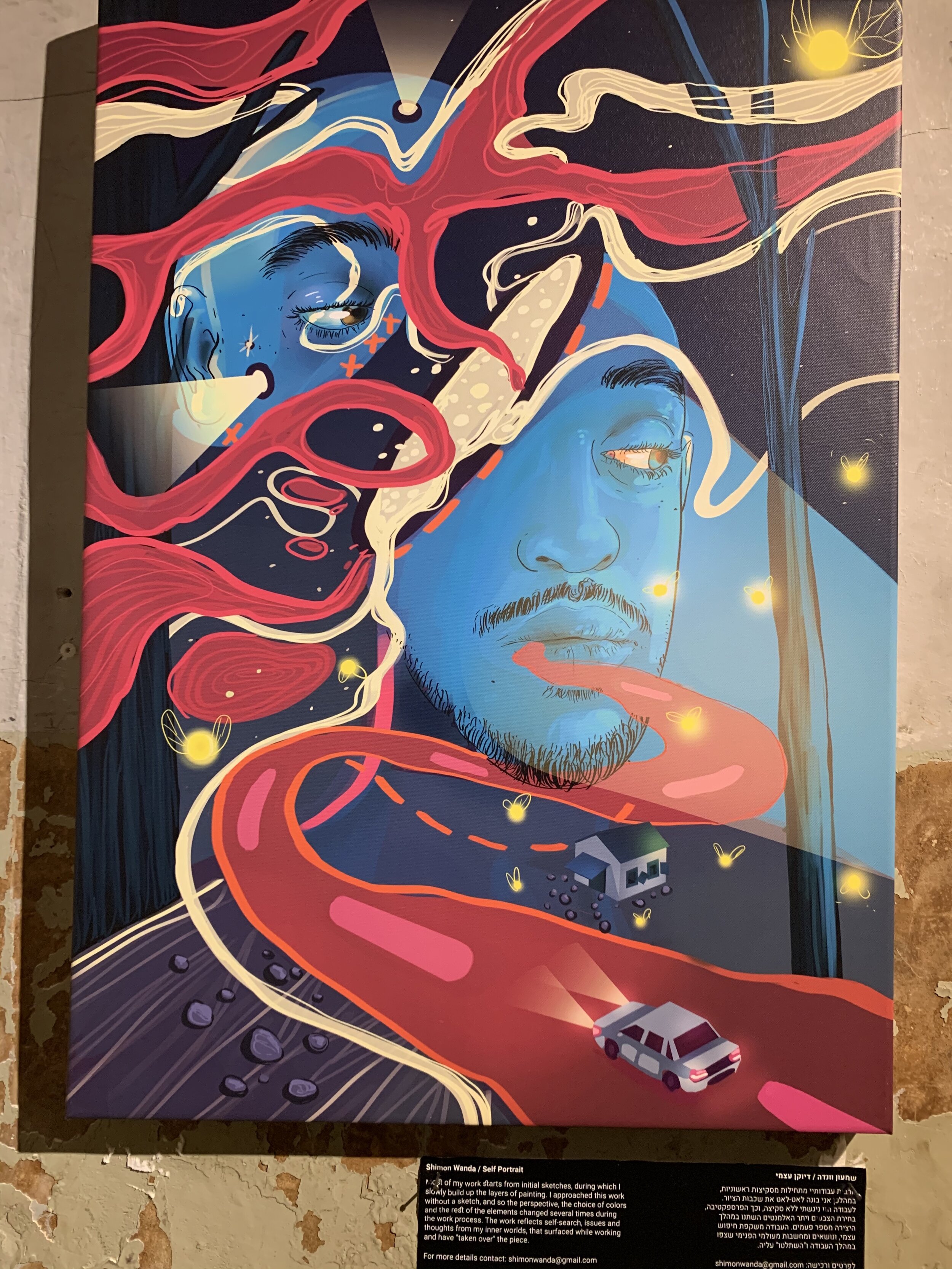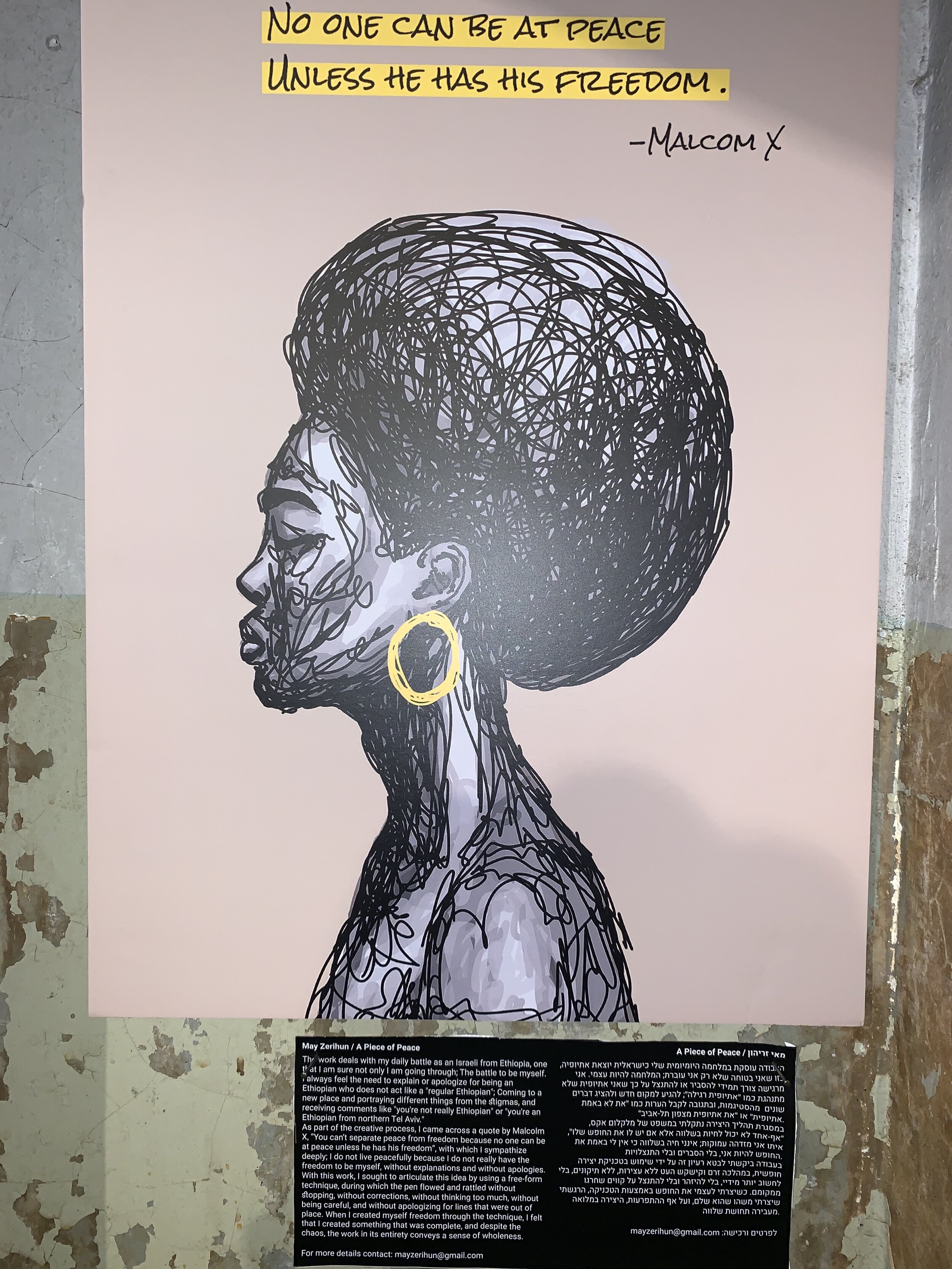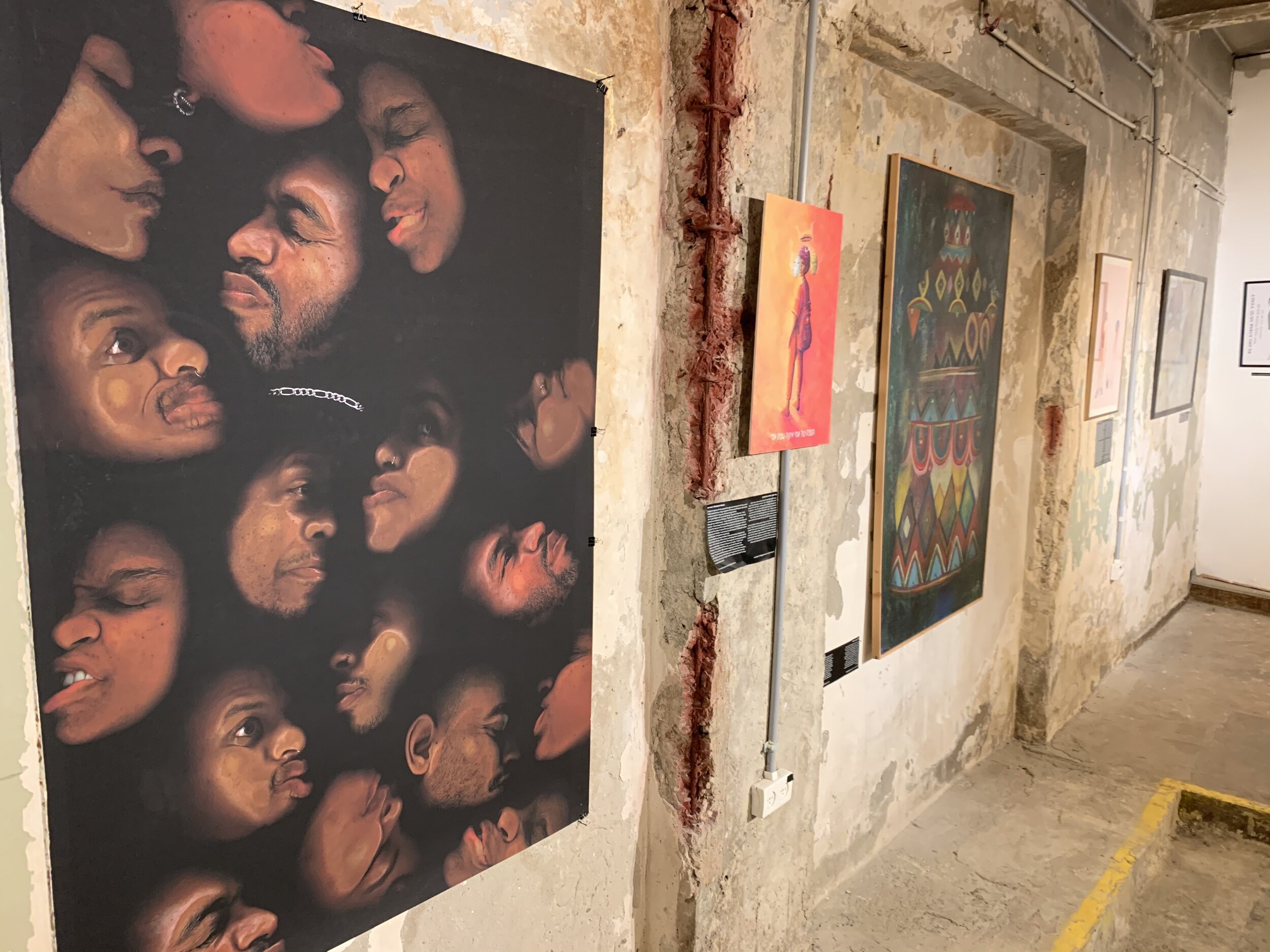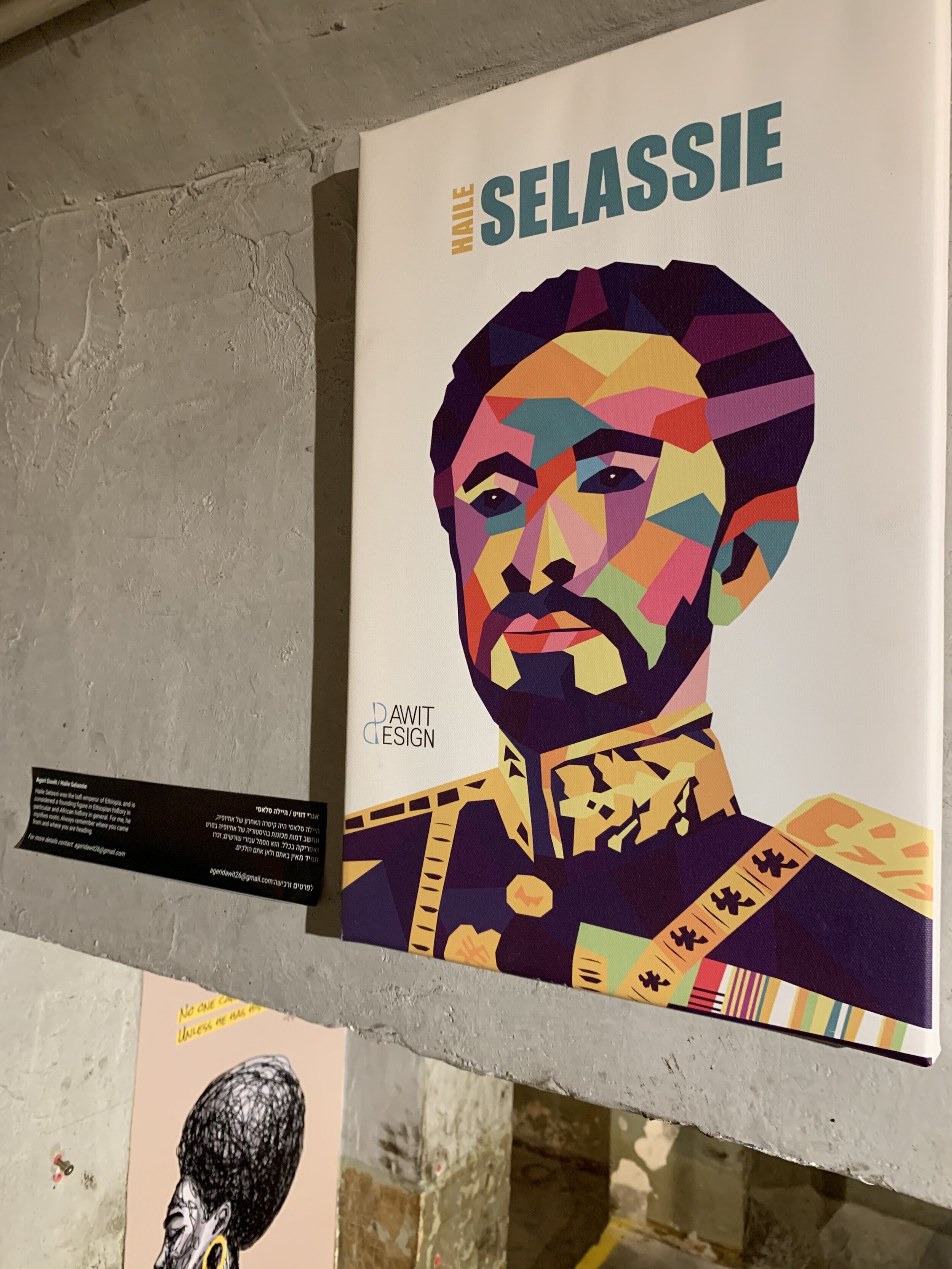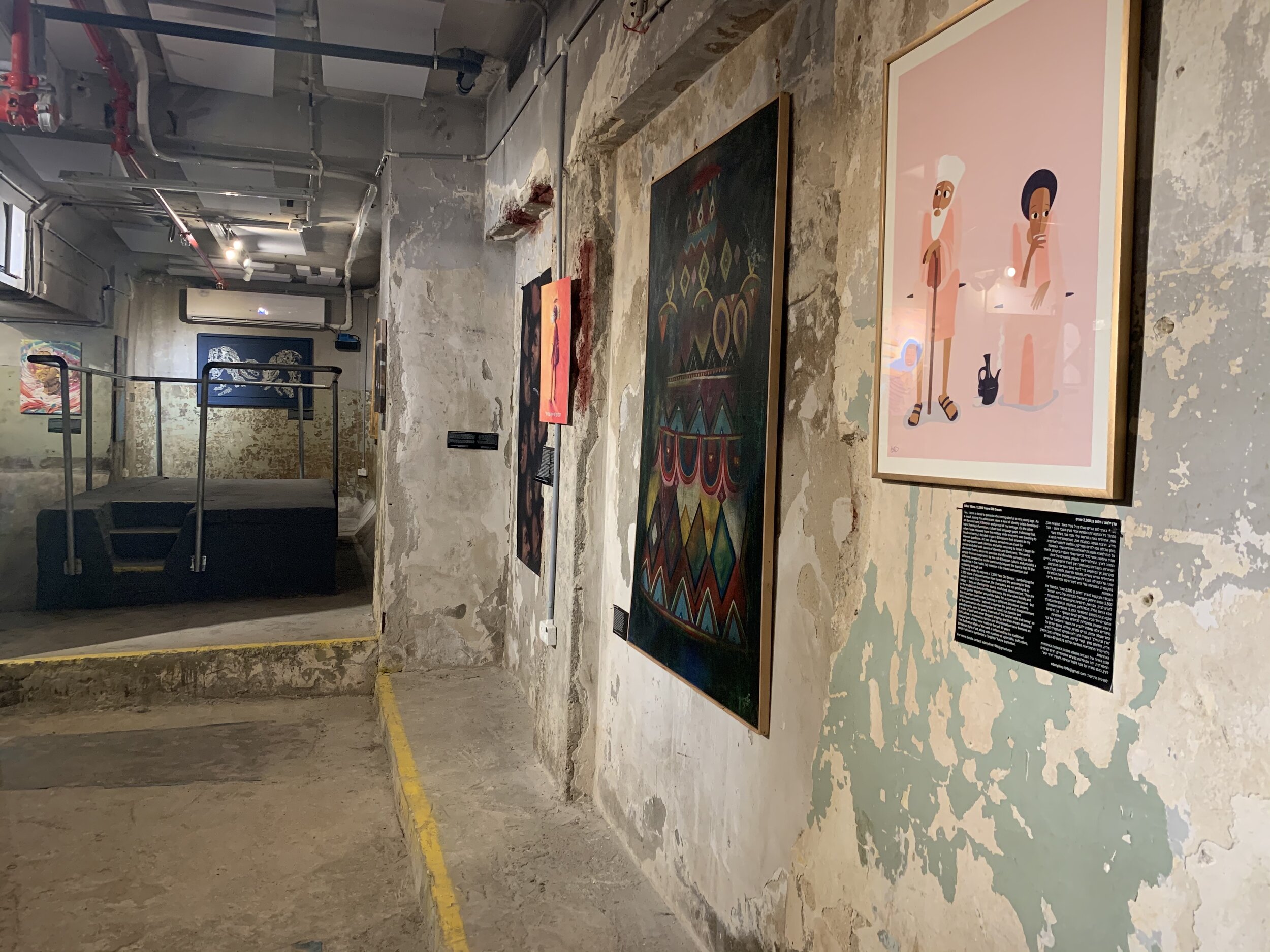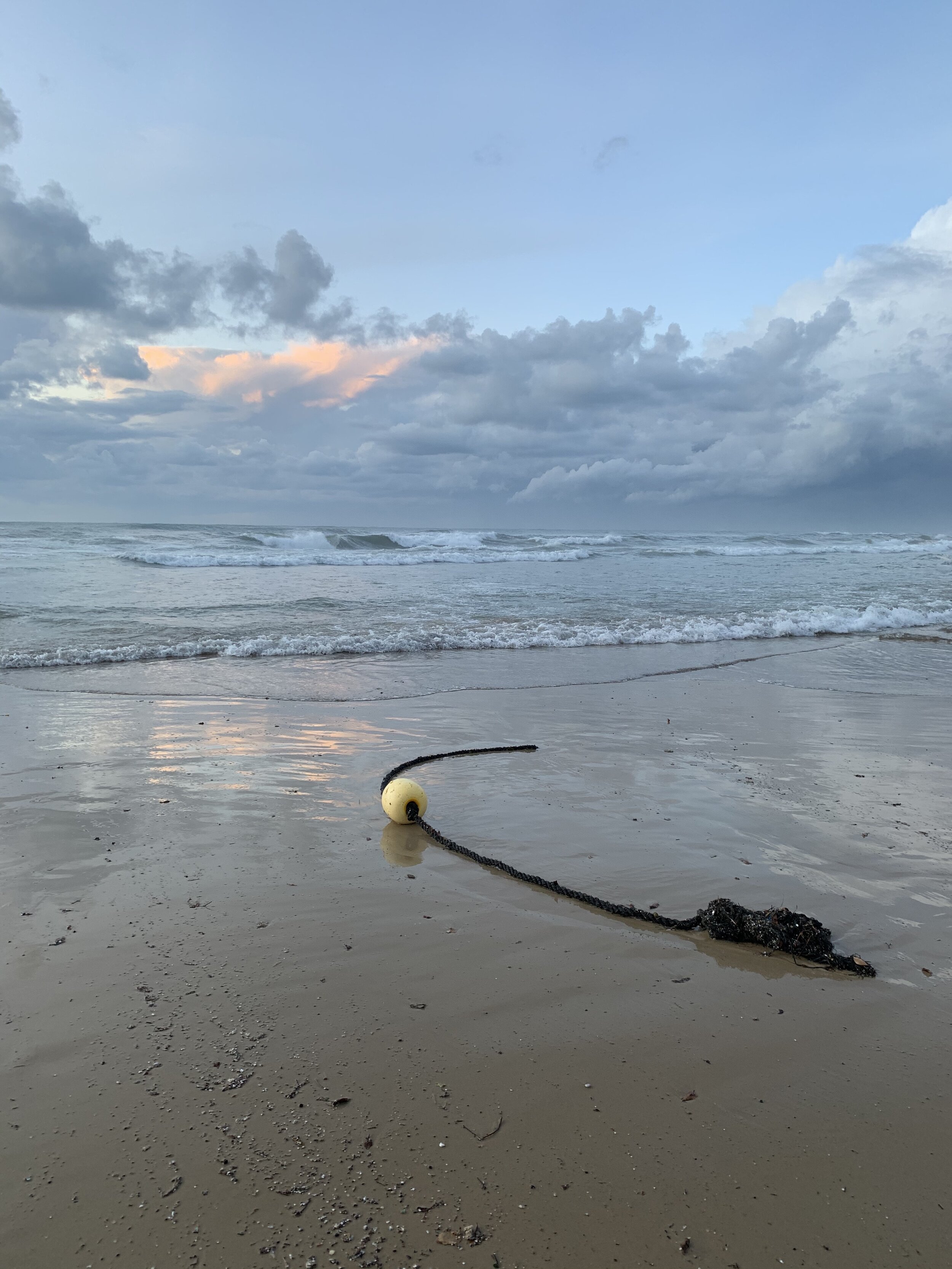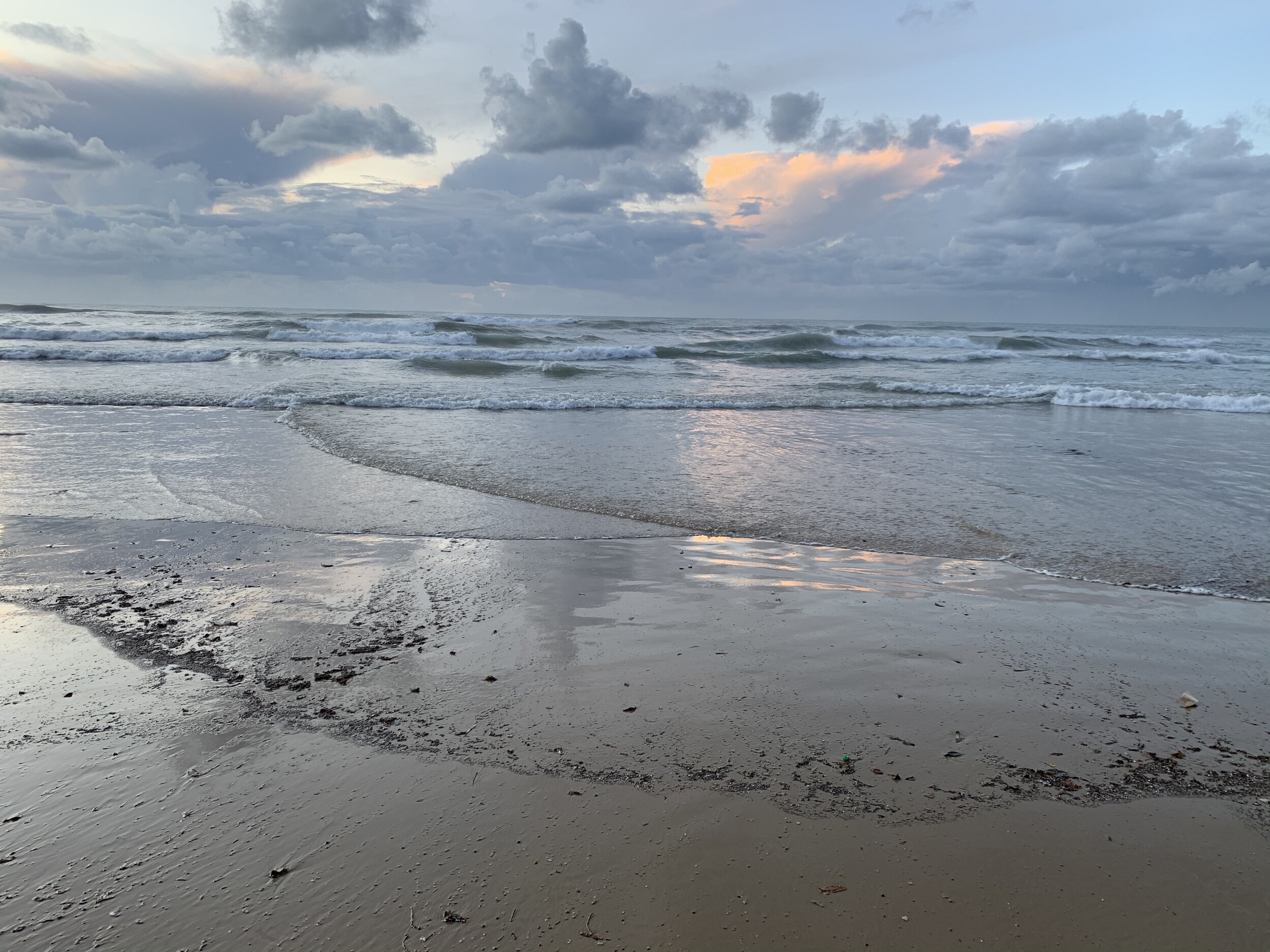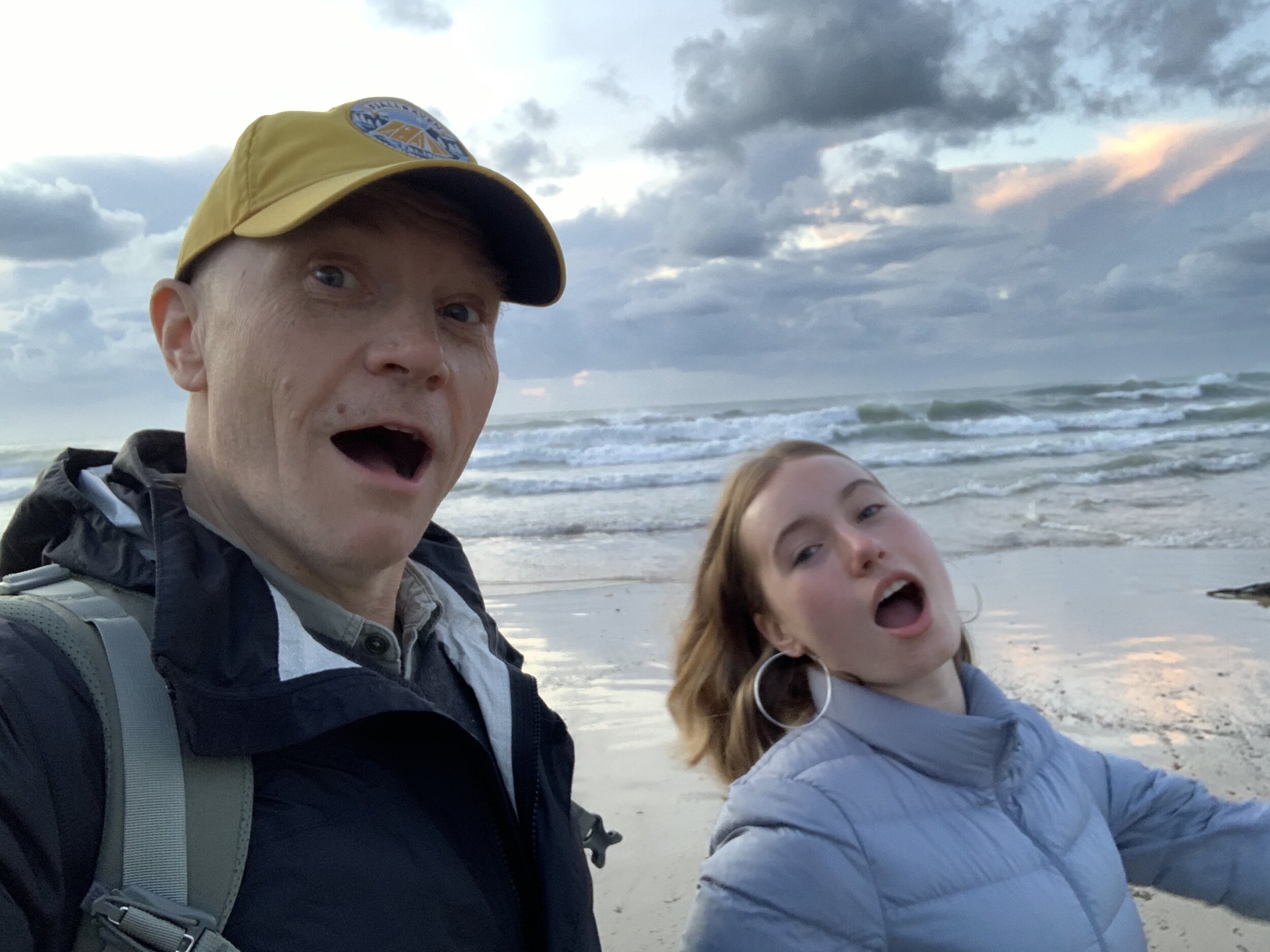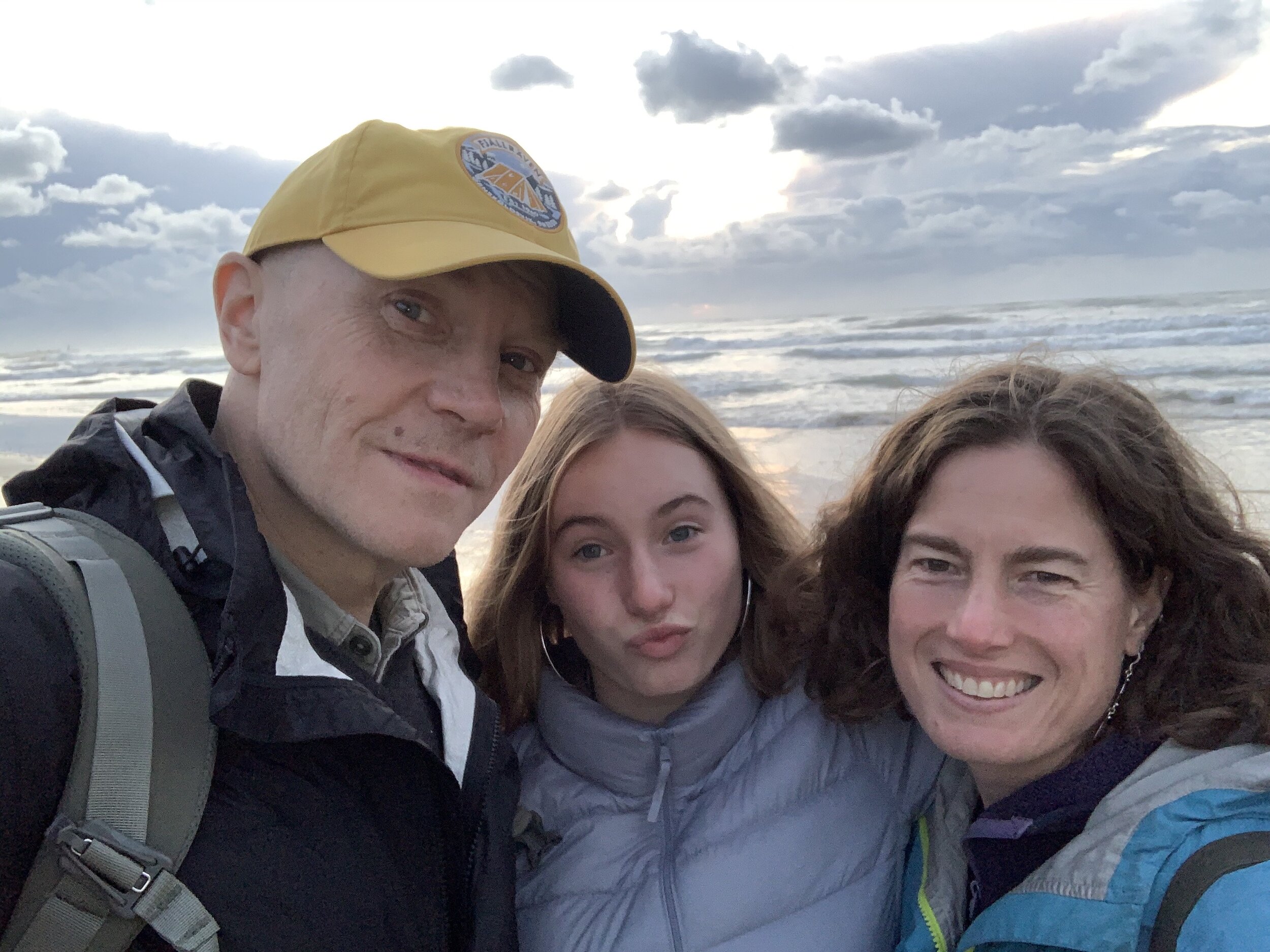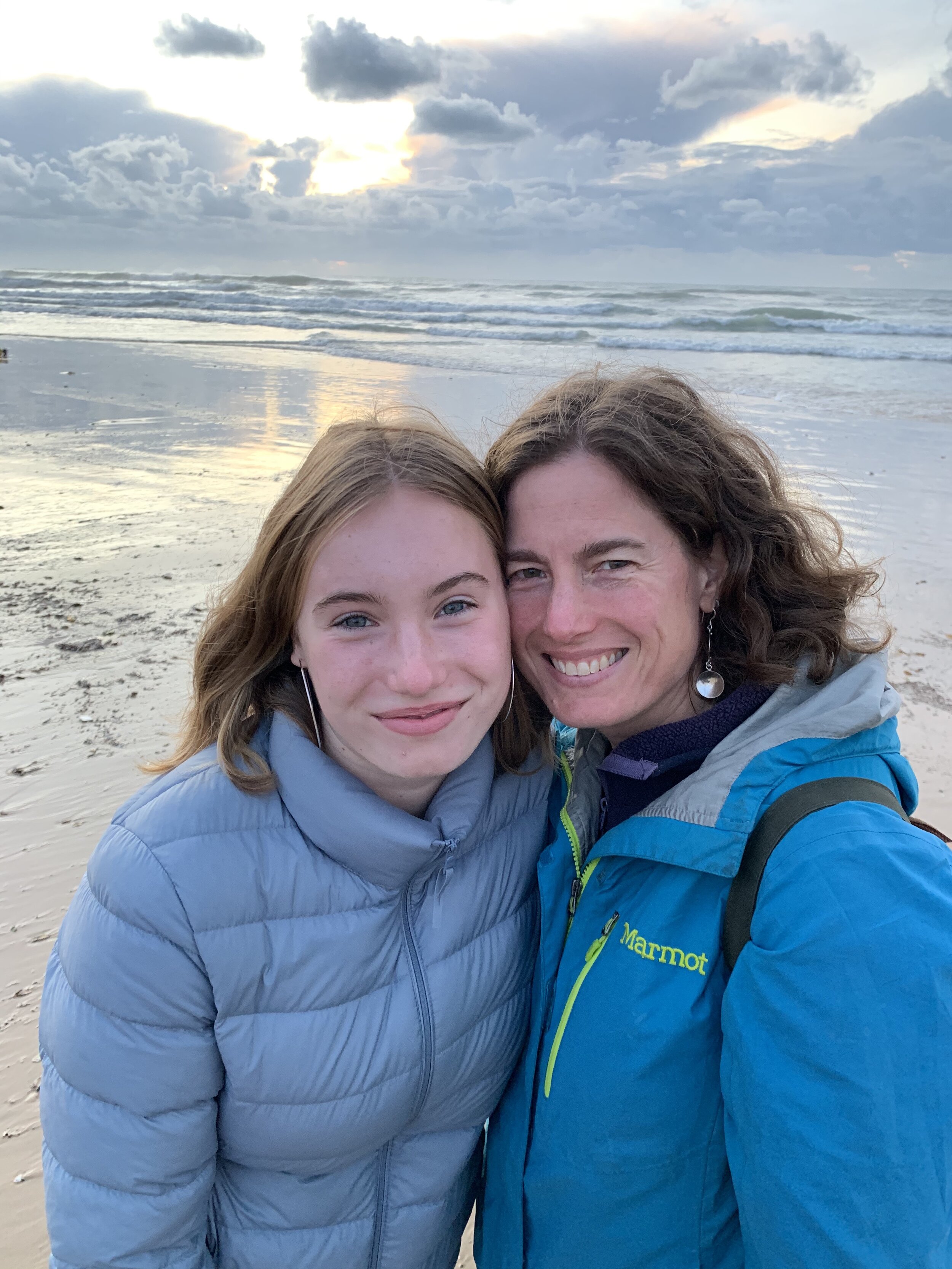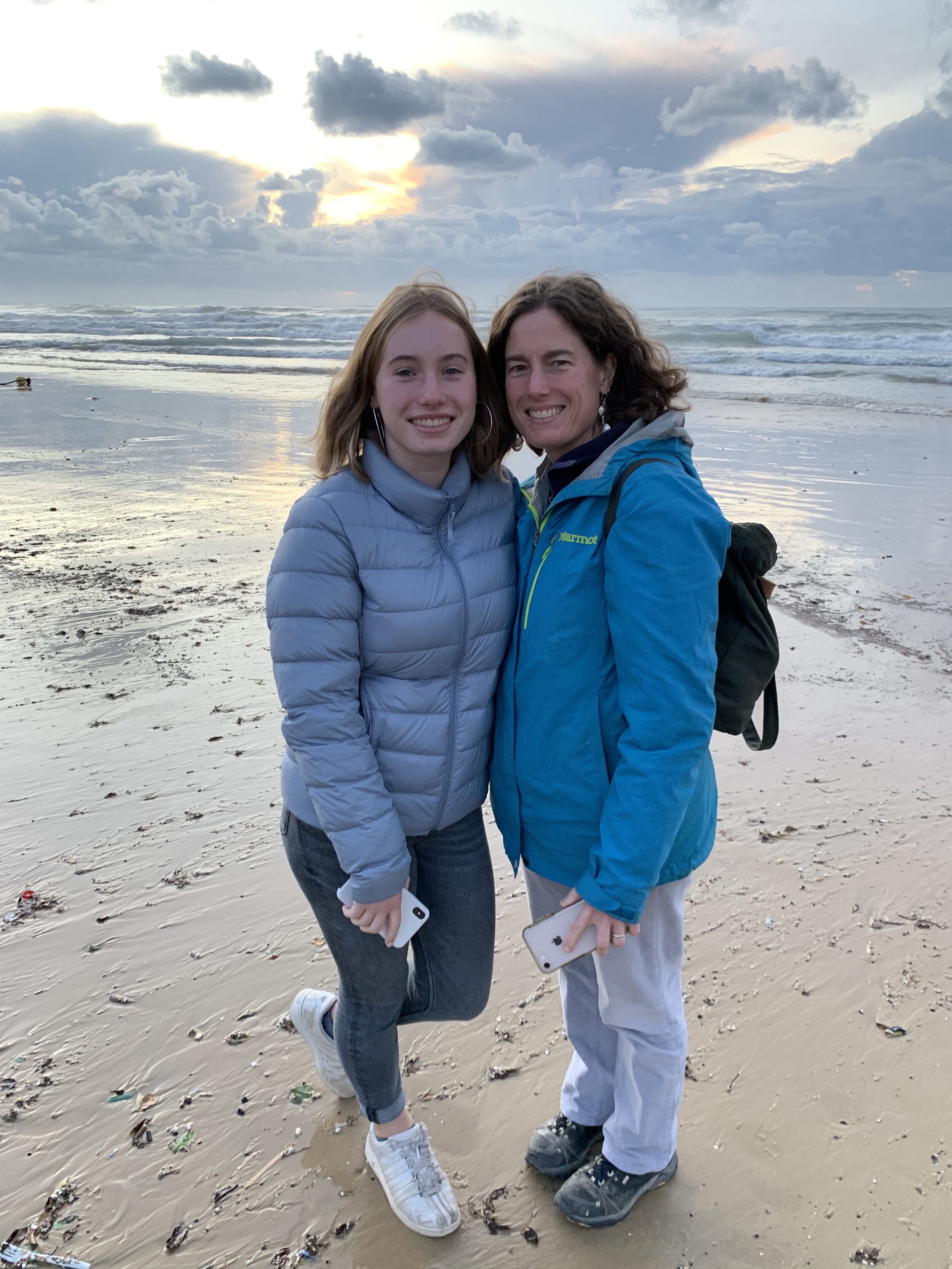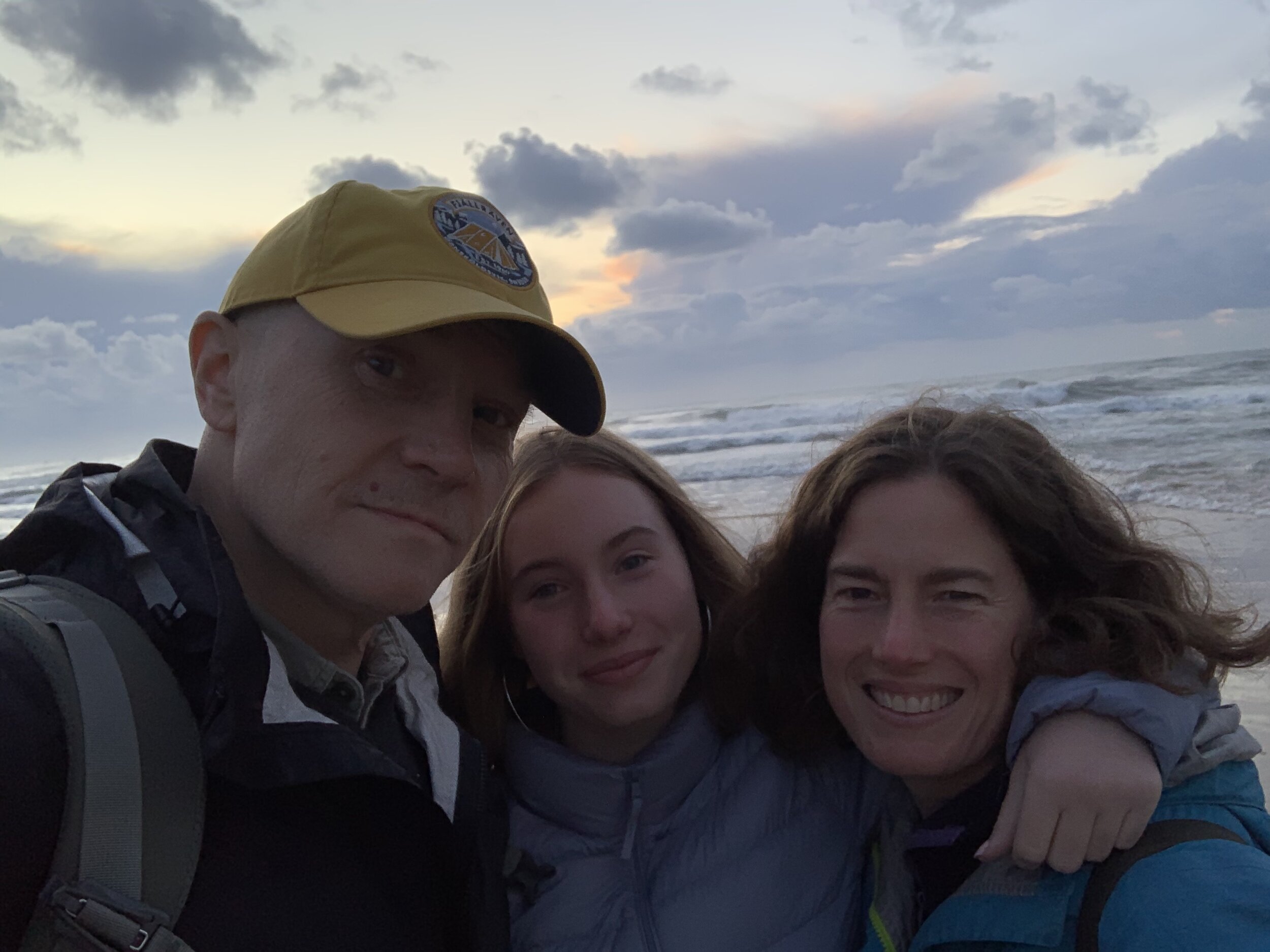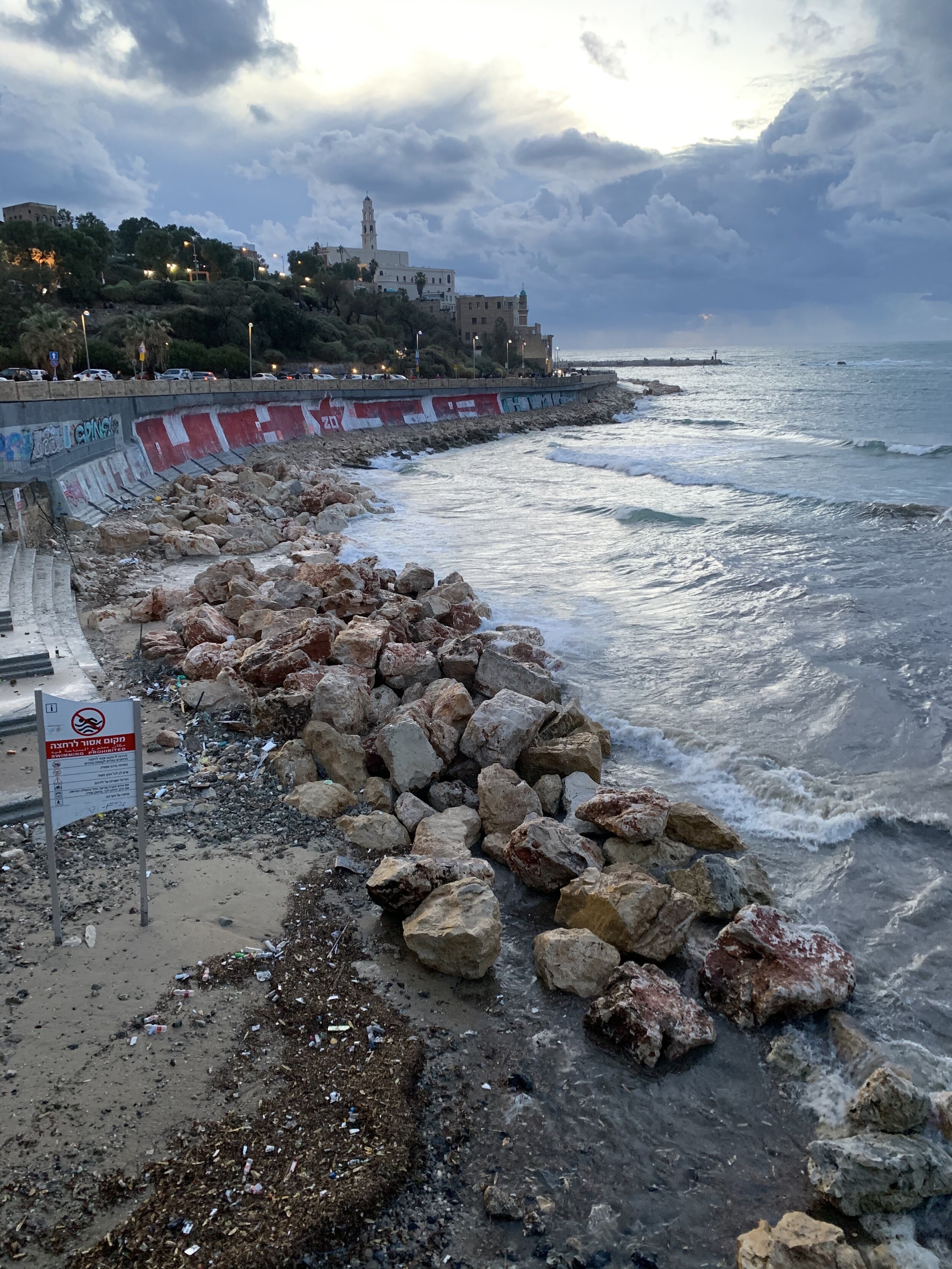Before we departed Jerusalem, I sought to discuss the proposed ban on the fur trade being debated there. Israel’s fur trade represents a very minor yet historic business. Since 2009, animal rights activists and their political allies have repeatedly brought the issue up in the Knesset (Israel’s one-house lawmaking body). It’s been close to passage more than once. For those aware of my ongoing book project, I’m always finding ways to bring the conversation around to the history and state of the modern global fur trade.
Heading down that pathway, I visited one of the few traditional garment or hat manufacturers that was approachable for me in Israel. I should maybe note that I was told that the Orthodox don’t approve of outsiders like me coming into certain neighborhoods. Some of these same Jewish communities use fur in very limited ways in their traditional style of dress. In terms of what’s visible on the streets that’s tangentially related to this trade. you simply can’t miss the black, broad-brimmed, old-fashioned hats worn by the men. Even young Orthodox boys sport adorable old-timey mini-versions. Most people don’t think about what goes into making them or the other less obvious fur-related garb (brimmed streimel hats or the beaver-brown groom’s headwear more akin to those tall British Beefeater hats seen around the Tower of London). If you want to have that conversation, let’s just say that some sort of animals are involved.
I found Ferster Hats in Jerusalem the night before leaving for Tel Aviv. Due to the lack of a shared language with the men working there, I couldn’t delve deeply into the debate or the many centuries of Jewish history spent in tanneries and garment manufacturing. I could try on some hats, though. They’re not for everyone. But unlike so much else in Israel, I found that the price was good (around 600 shekels or $175 for what I’m sporting in the first picture below). The style was classic and the look was strong. If I had unlimited baggage space, I wouldn’t have hesitated. I told the three generations of men helping me that I needed to check with my wife and daughter. Whether or not they understood any of that, I endured no hard sell. When I go back to Jerusalem and if they’re still in business…after five generations and the probability of broad religious exemptions even if a ban is passed…I will find a way to justify a purchase. Whether cruising through Amish country or trying to blend in on a goth cattle drive, I’ll be set.
On our way to Tel Aviv, we spent an overwhelming morning at Yad Vashem - Israel’s official memorial to the victims of the Holocaust. Located in western Jerusalem on Mount Herzl amidst forested land, Yad Vashem cannot be taken lightly. Yad Vashem - in Hebrew meaning literally “memorial and a name” taken from a longer passage in the Book of Isaiah - developed as an idea prior to the end of World War II and opened as site in 1953. The crowds of people slowly walking through the historical exhibits that same morning enveloped us and made the hours we spent reading and observing all the more exhausting. The roots of antisemitism were well explained. The teachings both large and small are relentless. It was powerful and numbingly complete. I’ve not visited the Holocaust Memorial in Washington DC, but I hope to do so while the memories of Yad Vashem remain intact. I want to believe that these lessons don’t fade. I worry, however, that the people who might benefit most from such insights will never take the time to travel down that road.
We didn’t have a ton of time to compare Tel Aviv’s edgy hipness with Jerusalem’s complex history-up-to-the-moment. Our first stop was at a great bakery, followed by an outdoor cafe along Rothschild Street where we watched yoga and dodged a constant flow of people on bikes on our way to an outdoor cafe. We booked a family room in the Abraham Hostel, which also operates the tour company we used for our trips in Jerusalem to the Masada/Ein Gedi/Dead Sea and around the Old City. Aside from being a tourist-focused company with a well-curated local focus, they operate the sort of hostels the 25-year-old versions of ourselves would’ve loved. No matter the age, the Abrahams showed us a good time in both cities. While in Tel Aviv, we ate at a really good ramen place (Men Tenten) housed in the former home of the pre-State of Israel’s army headquarters. Our last night we bowed to the tyranny of internet reviews and chose to eat at an over-priced, over-rated seafood place (Manta Ray) right on the beach. We still had so many incredible food experiences in Israel. Food is life. And in Israel, that life is good.
We did miss out on a final tour that would’ve taken us on a full day’s journey from Tel Aviv into the West Bank. The targeted killing of Iran’s General Qasem Soleimani happened the day prior, and our sense of concern fell in line with so many others in the Middle East and beyond. We worried about the checkpoint delays on the way to Ramallah, Jerico, and Bethlehem (the main stops on what would’ve been a tour led by West Bank residents of varied descent working with Abraham Tours). A hard morning’s rain dumped 20% of the normal annual rainfall in 30 minutes on Tel Aviv that day. That’s global climate change for you. We shifted gears and thoroughly enjoyed the comfort of a dumb movie (the latest “Jumanji” - a surprising B-minus rating on my scale that features the purely-milled comedic gold of Kevin Hart’s Danny Glover imitation). When the rain abated, we walked along the beach as the sun went down. We reflected on our visit and agreed that we all want to come back.
All the pics below come from those last days in Israel. Including an array of paintings from an exhibit by Ethiopian-Israelis that was in the basement gallery space of Tel Aviv’s Abraham Hostel. And then what follows that gallery is a rundown of some of the news since our return to Ethiopia. We are indeed seeing some interesting things unfold around us.
